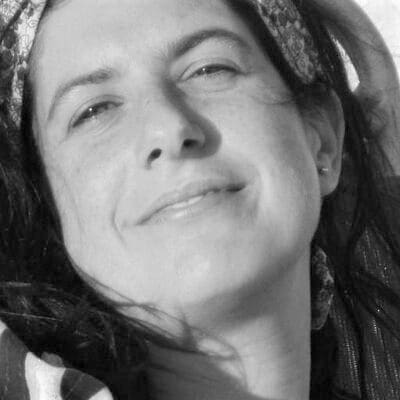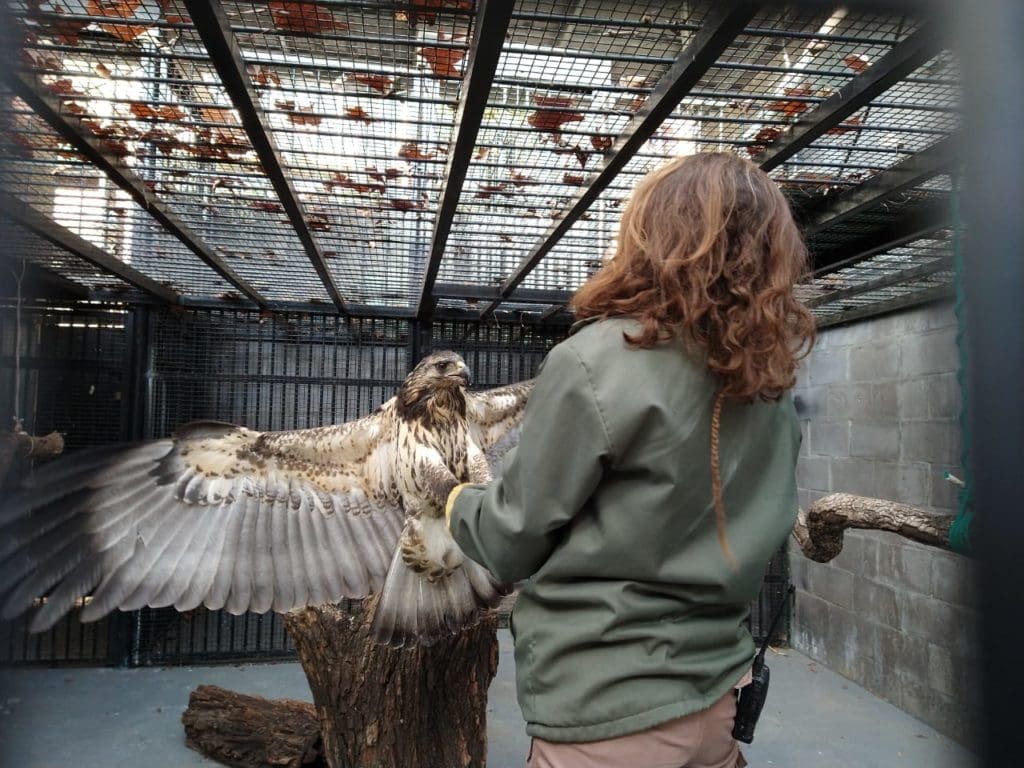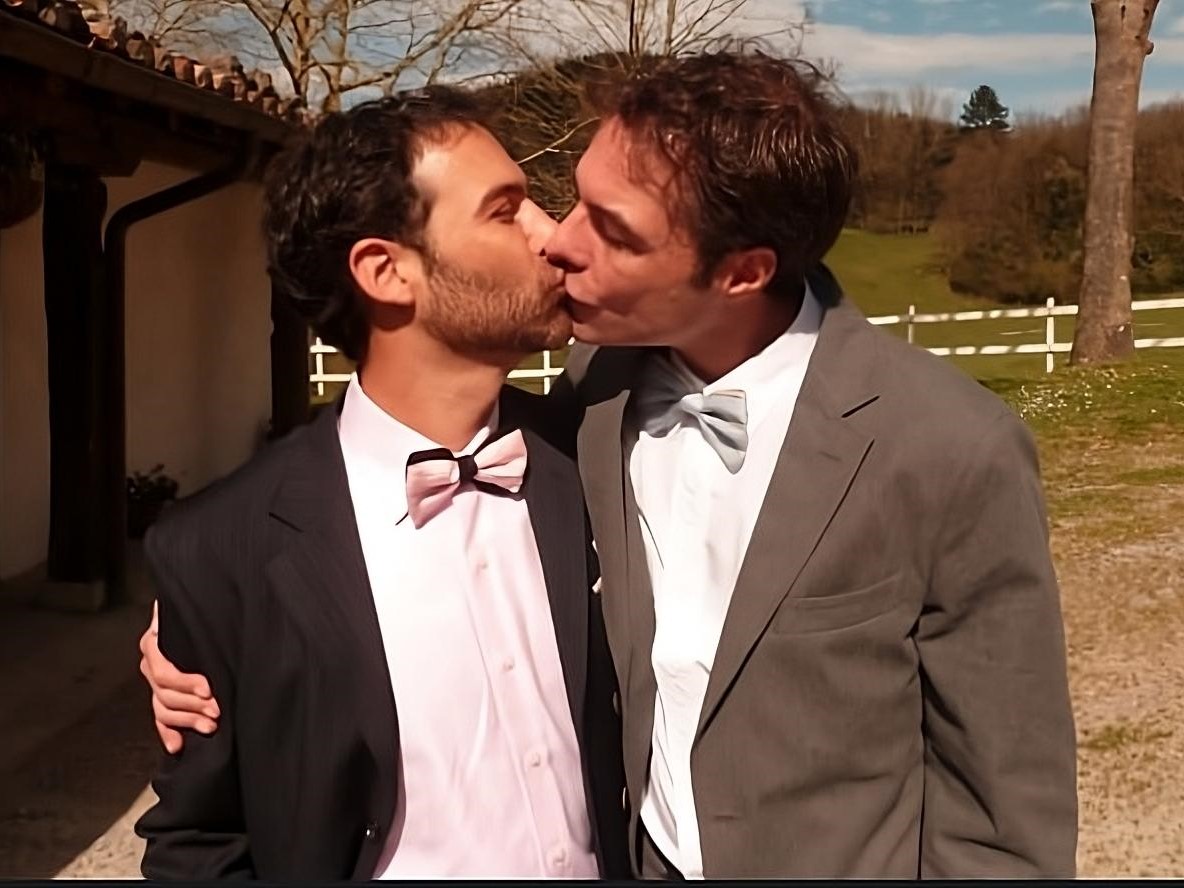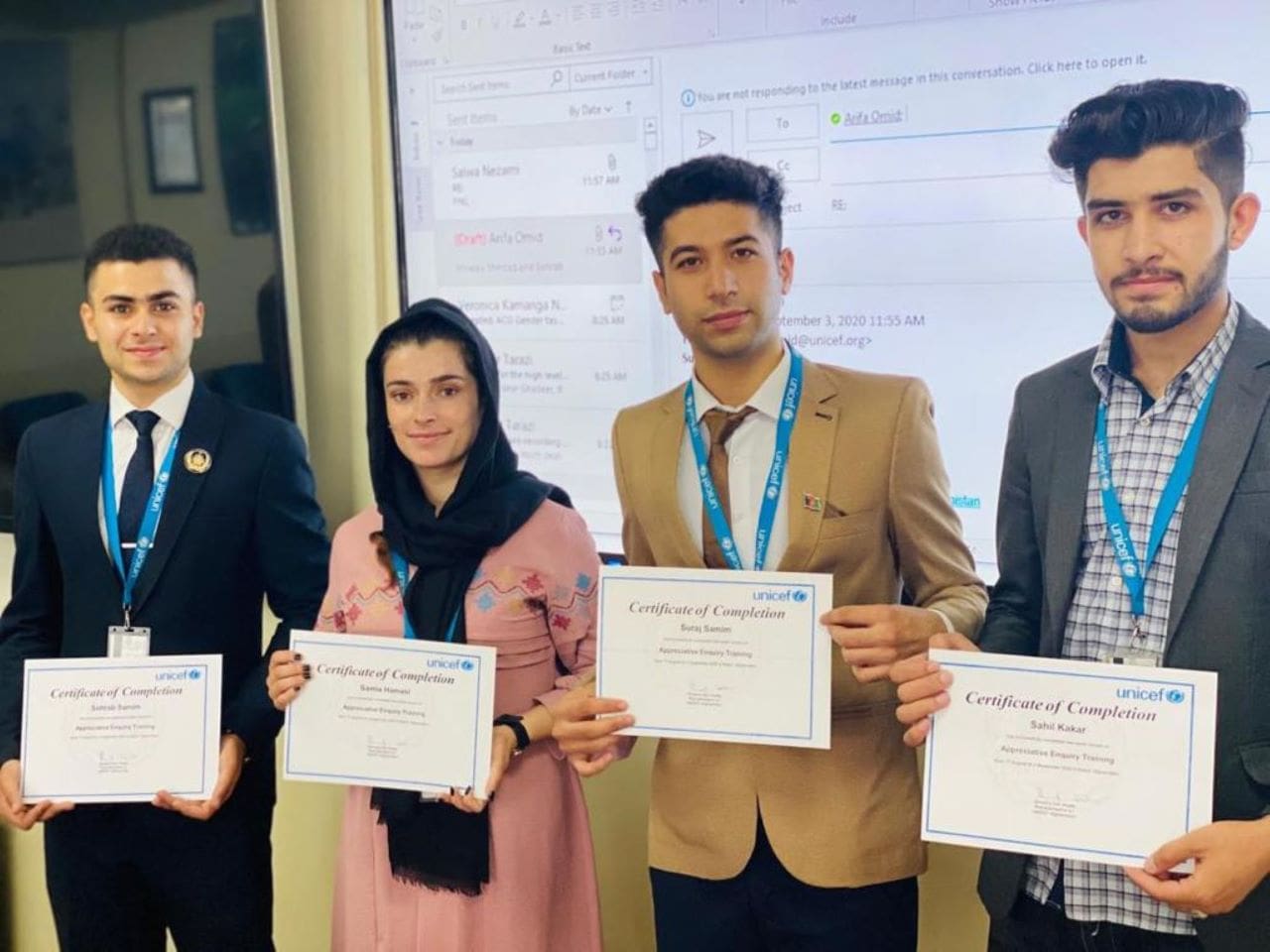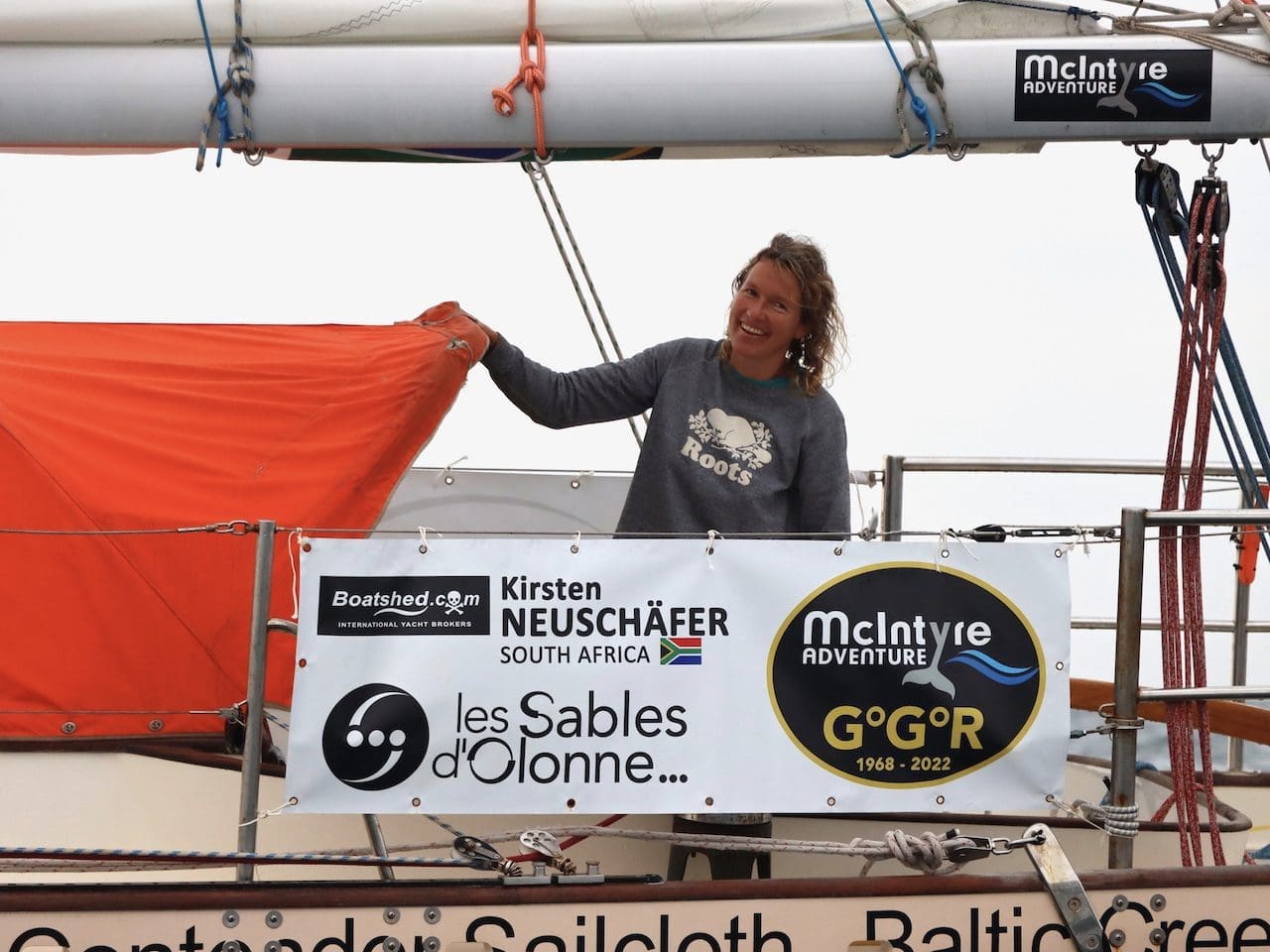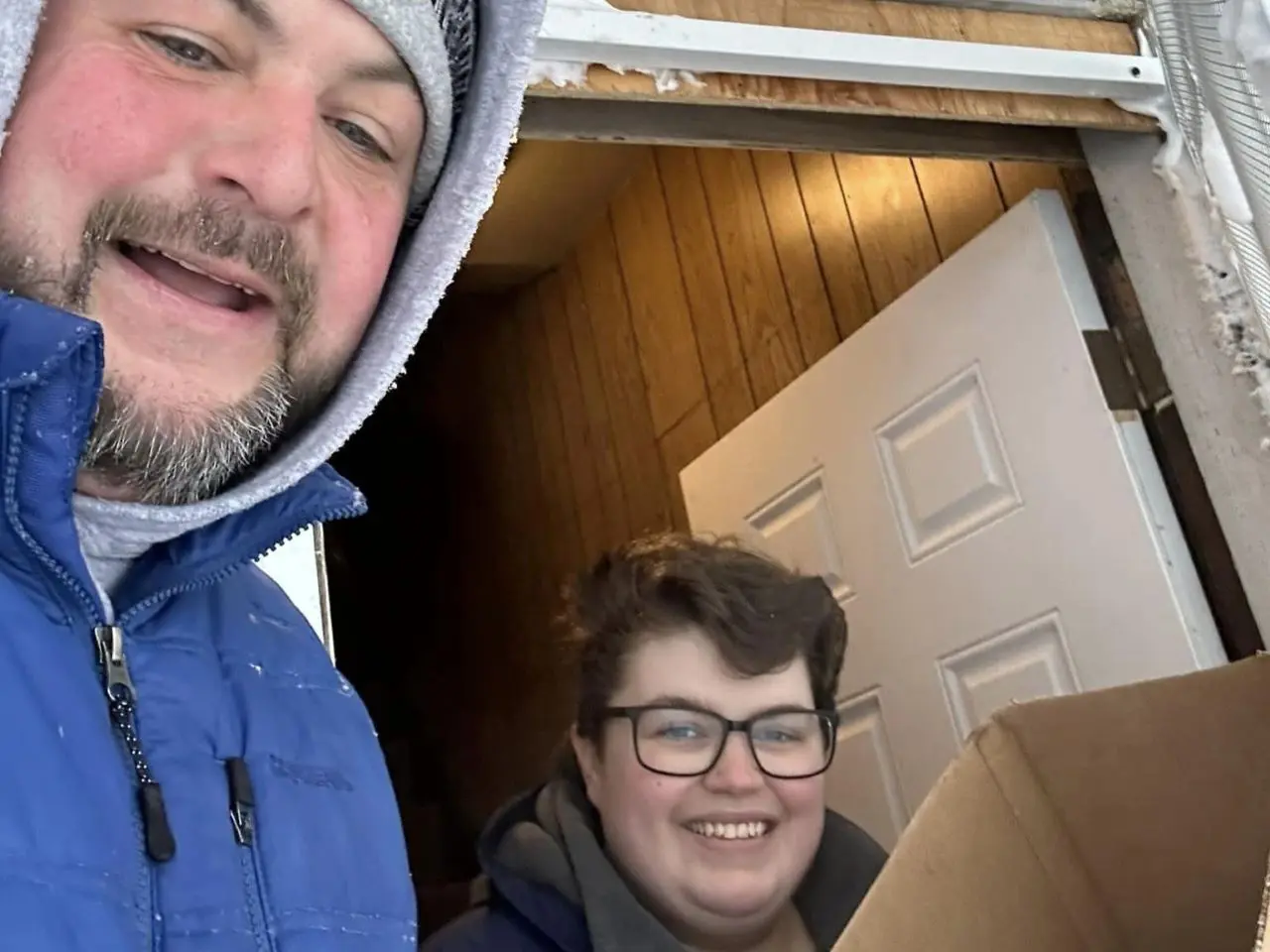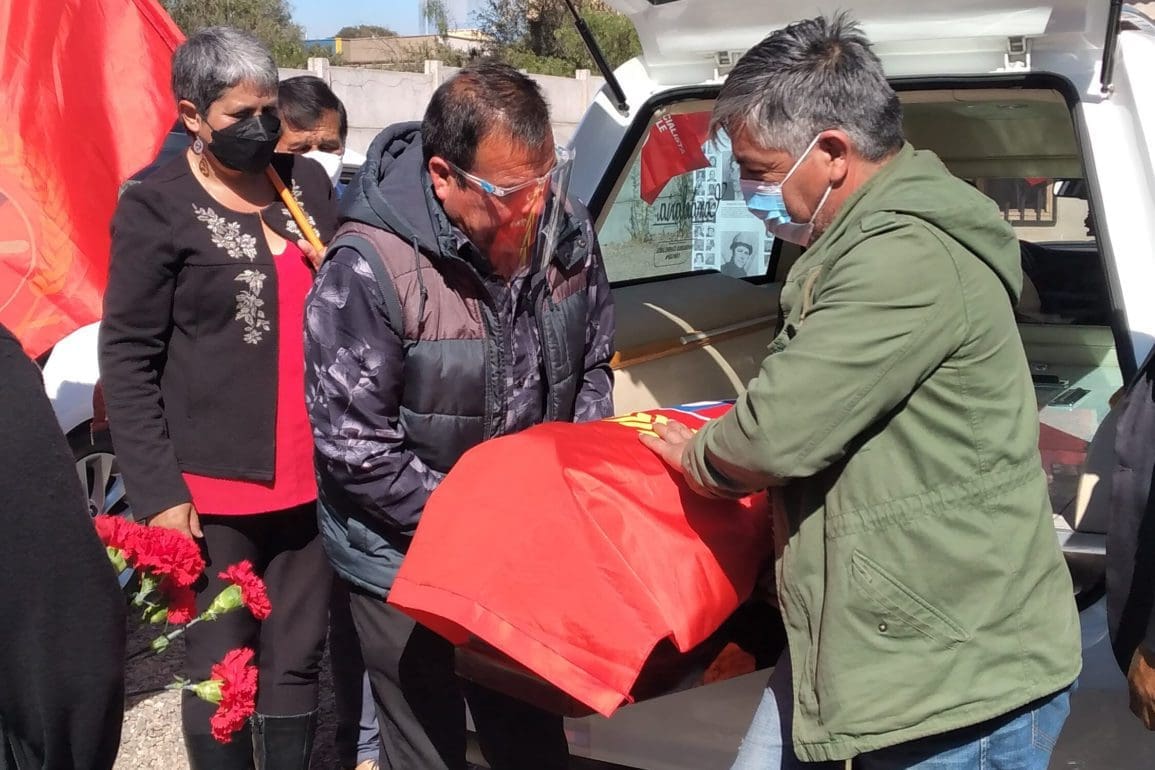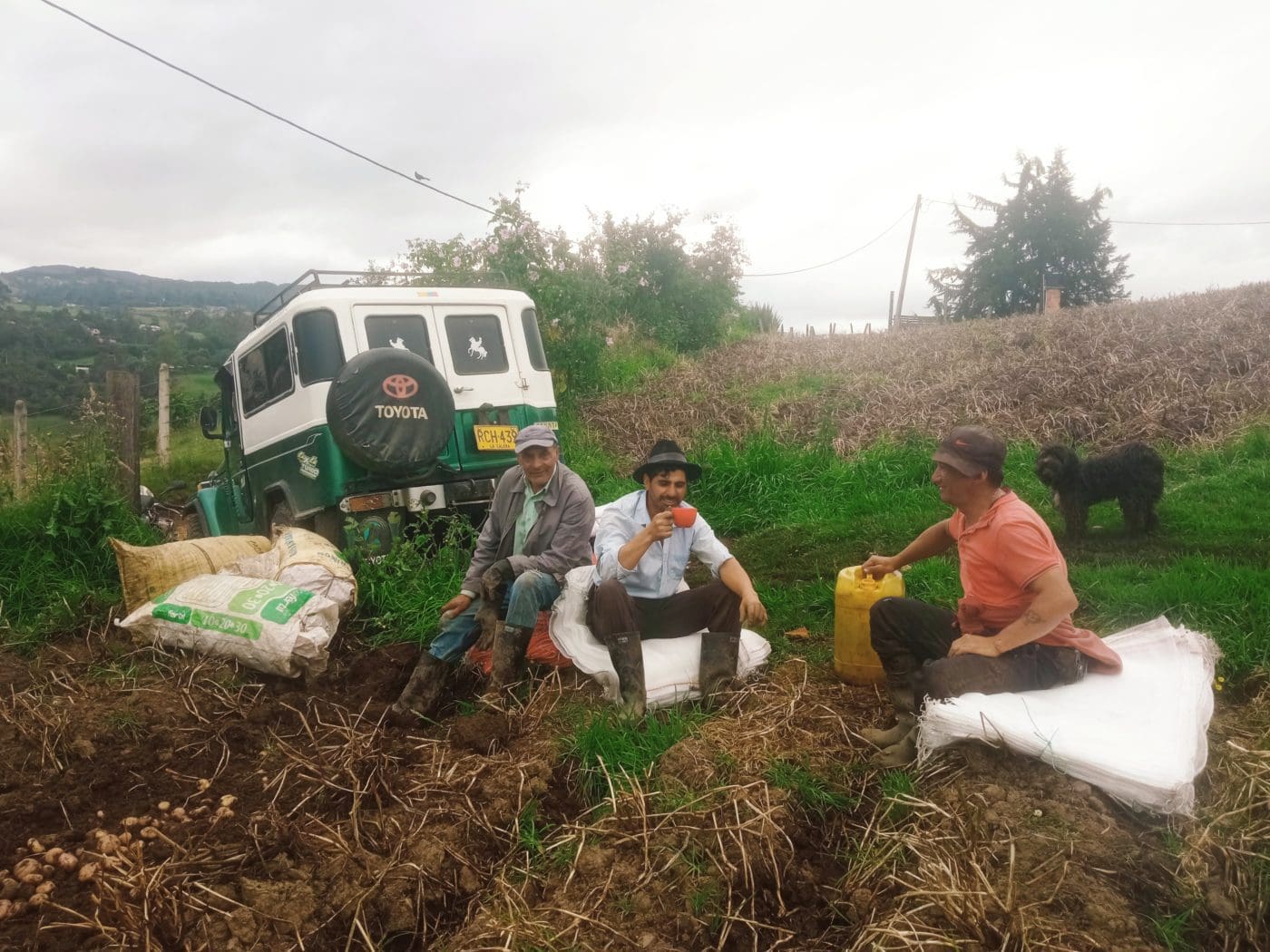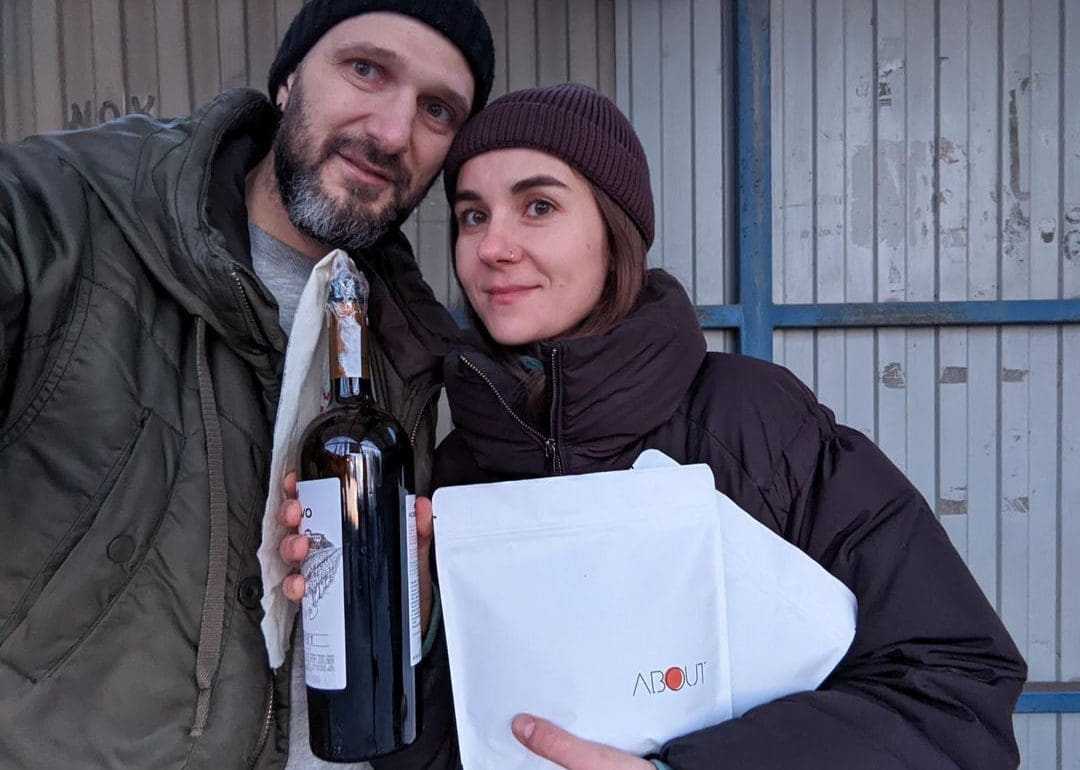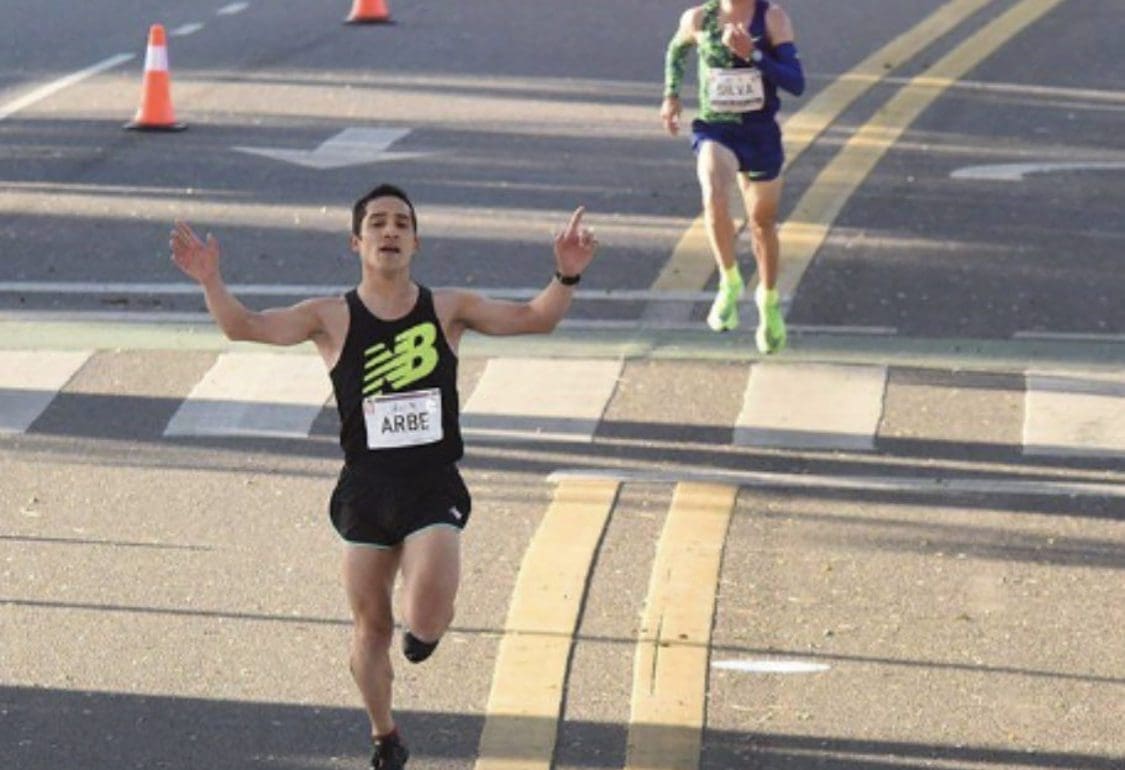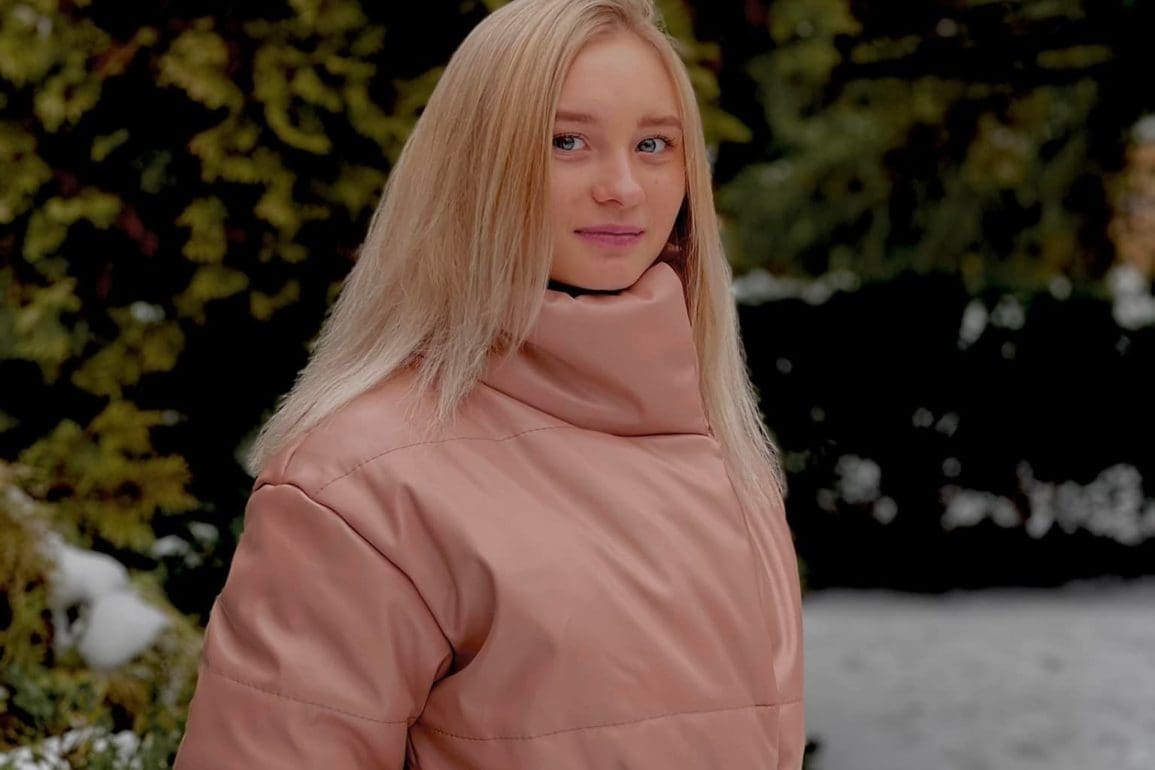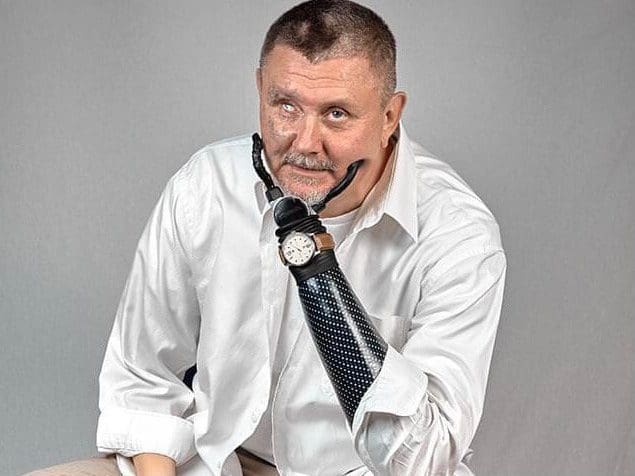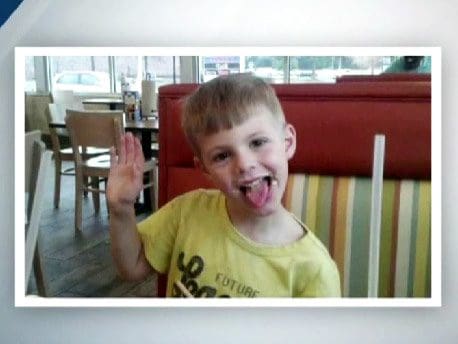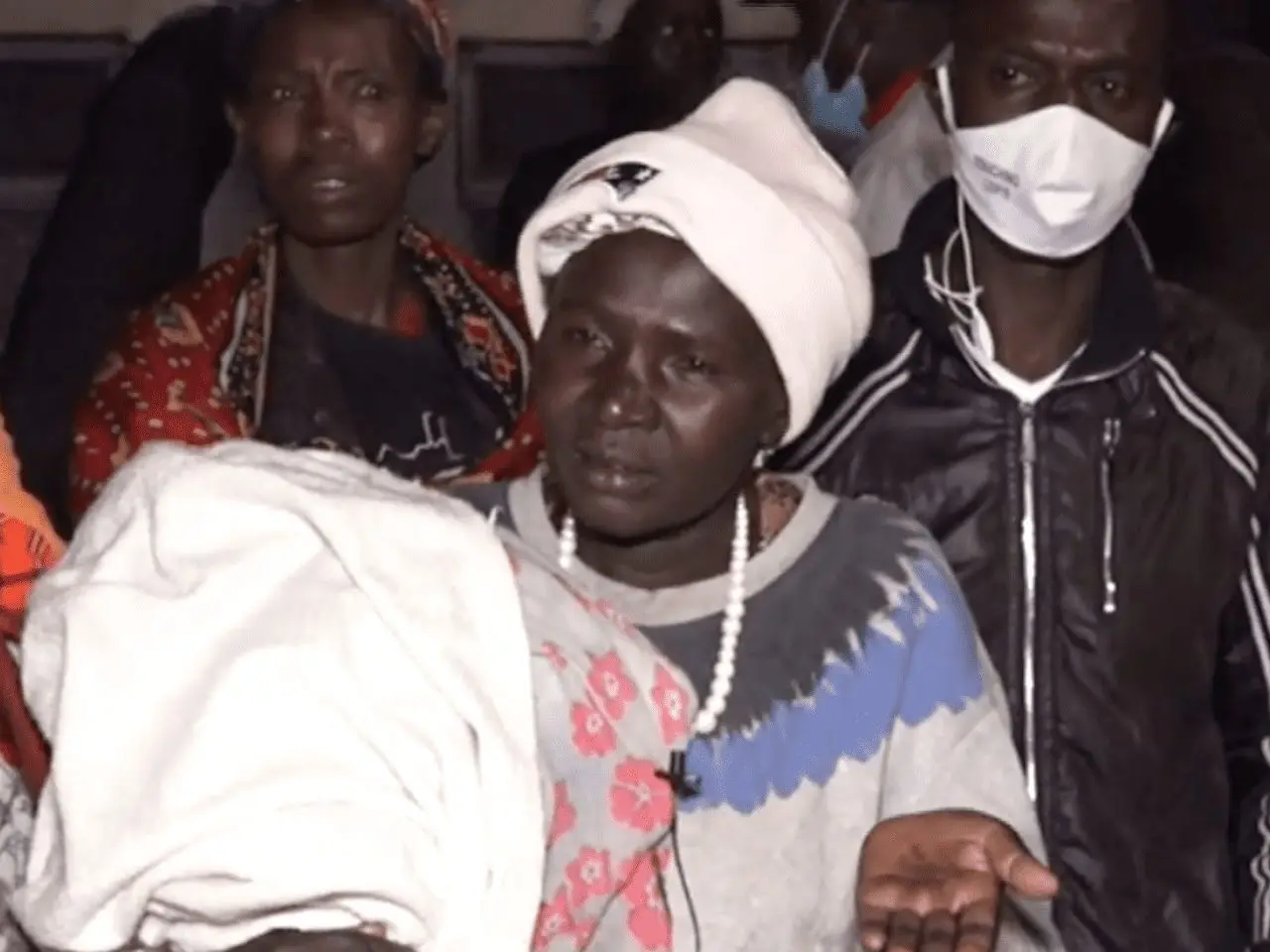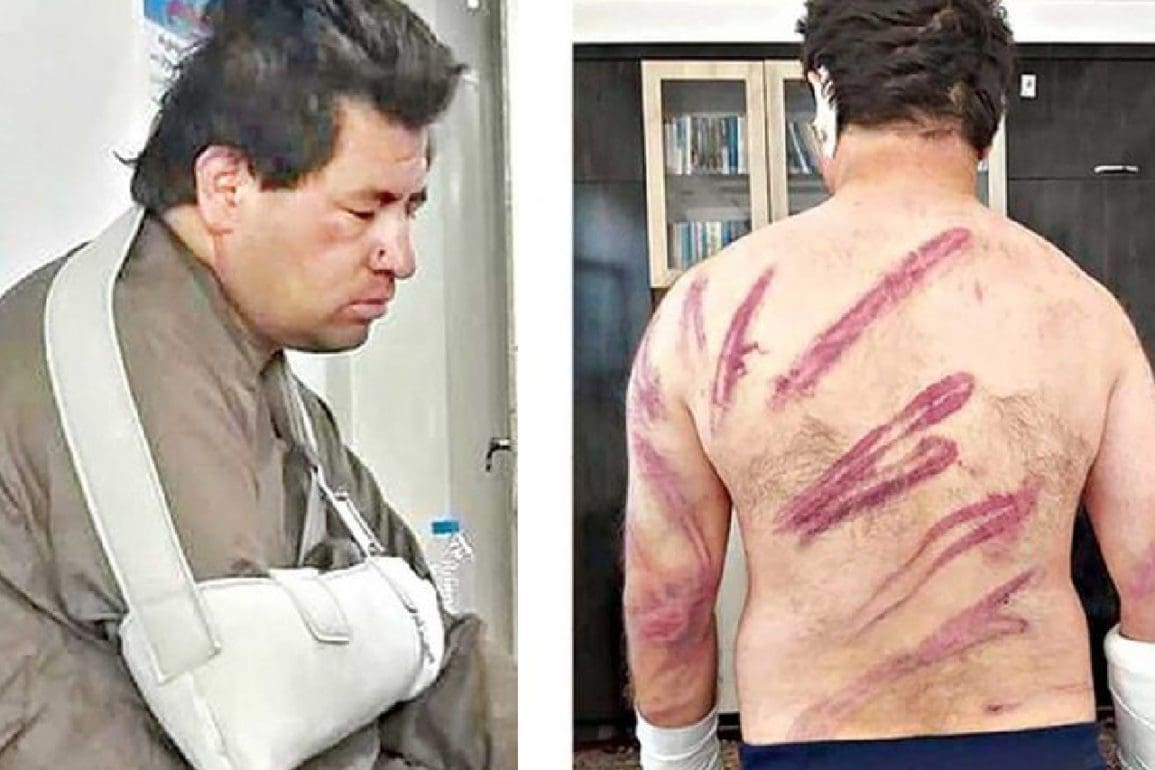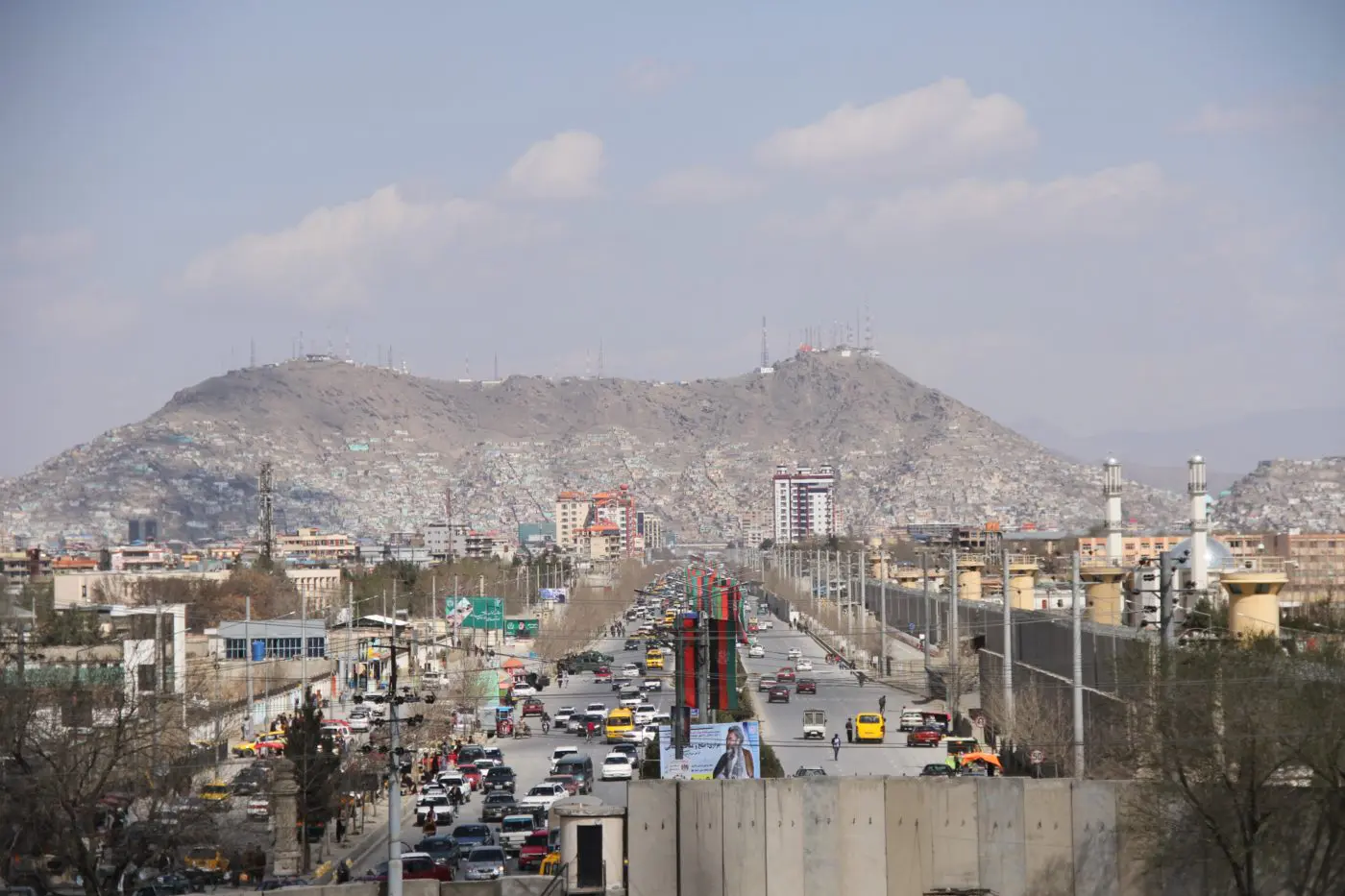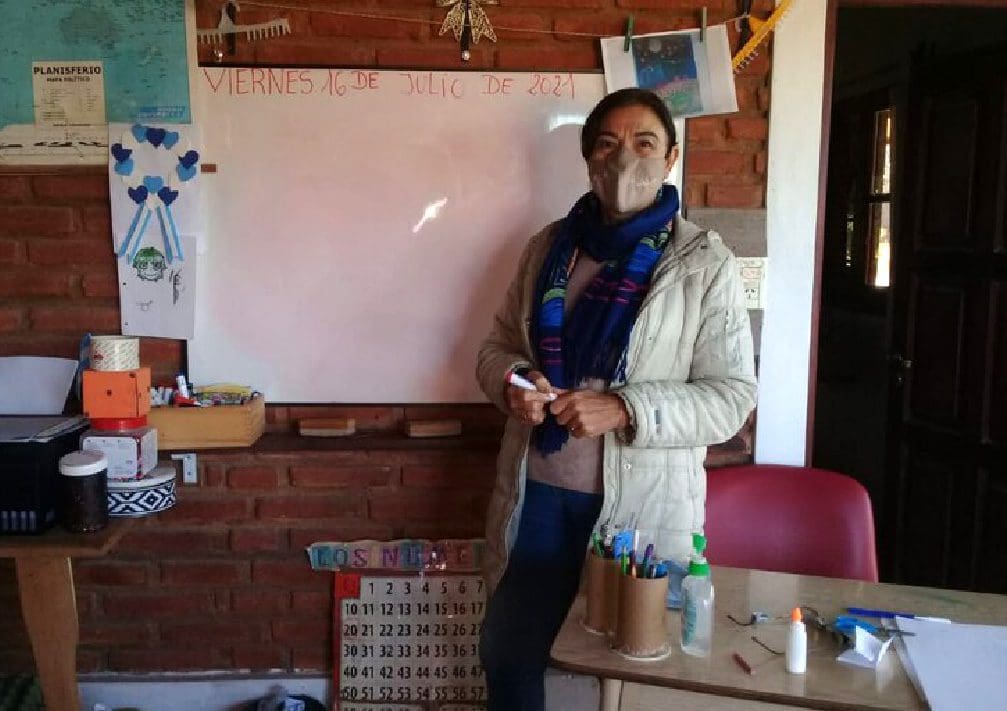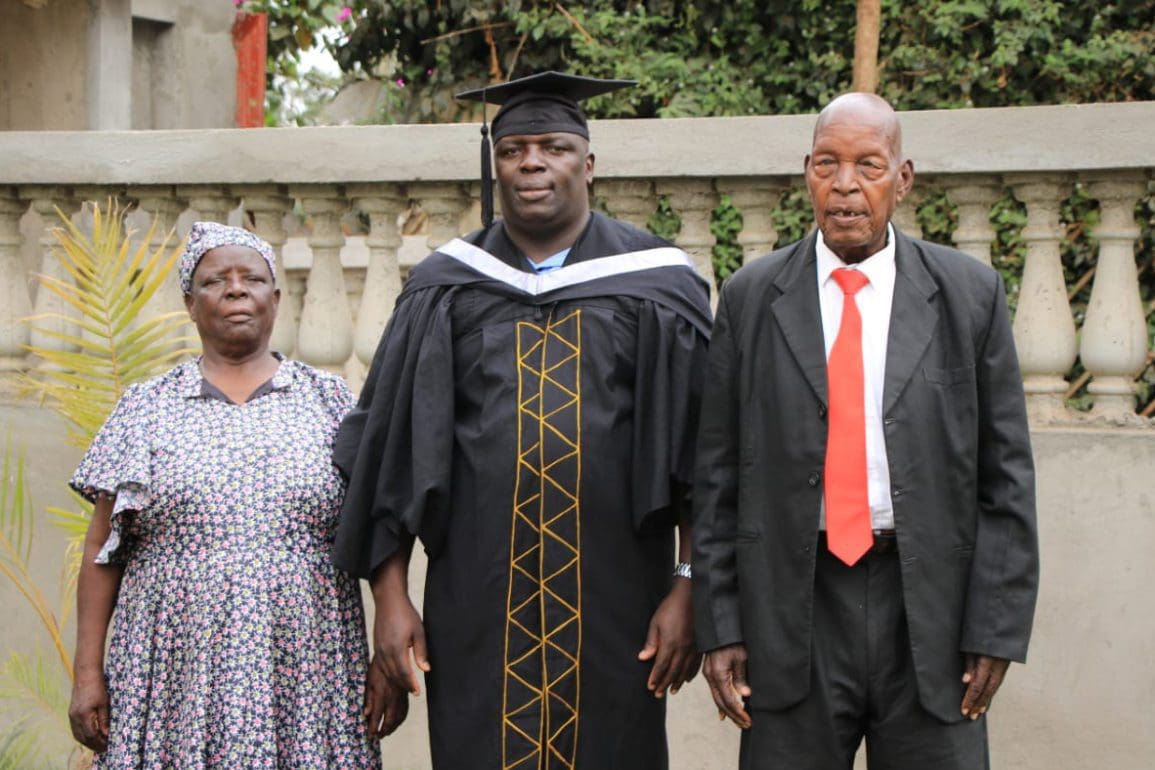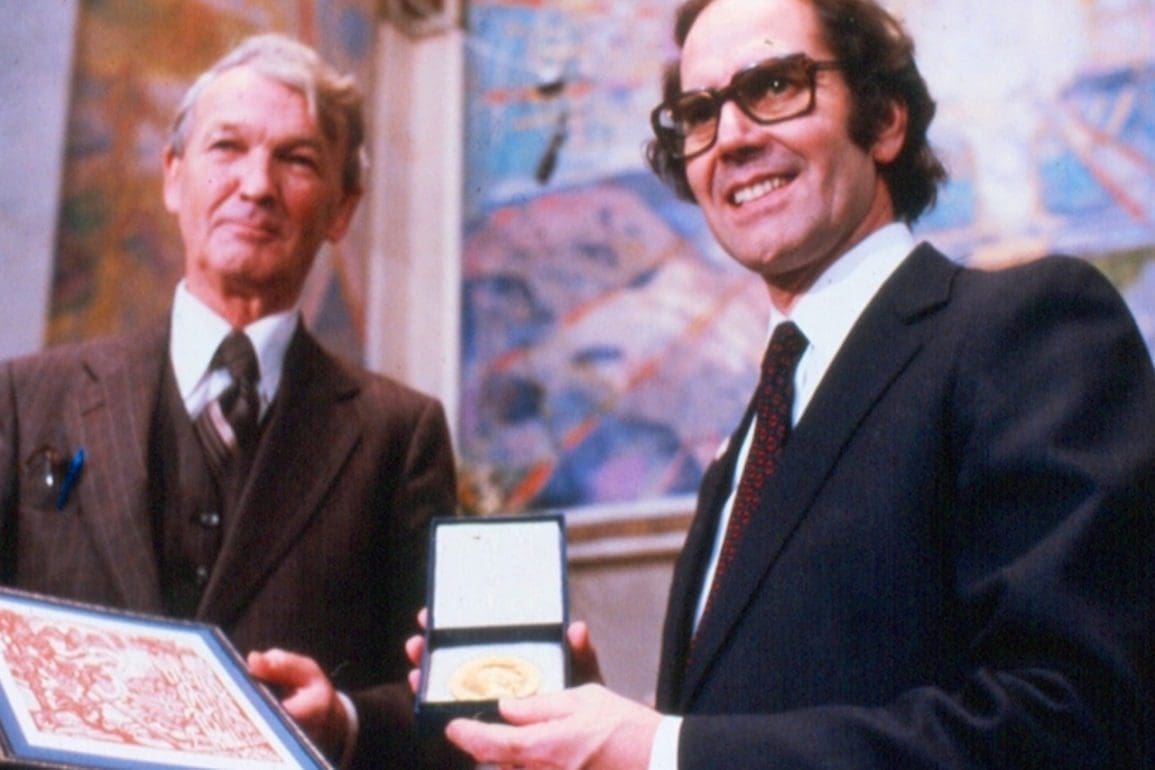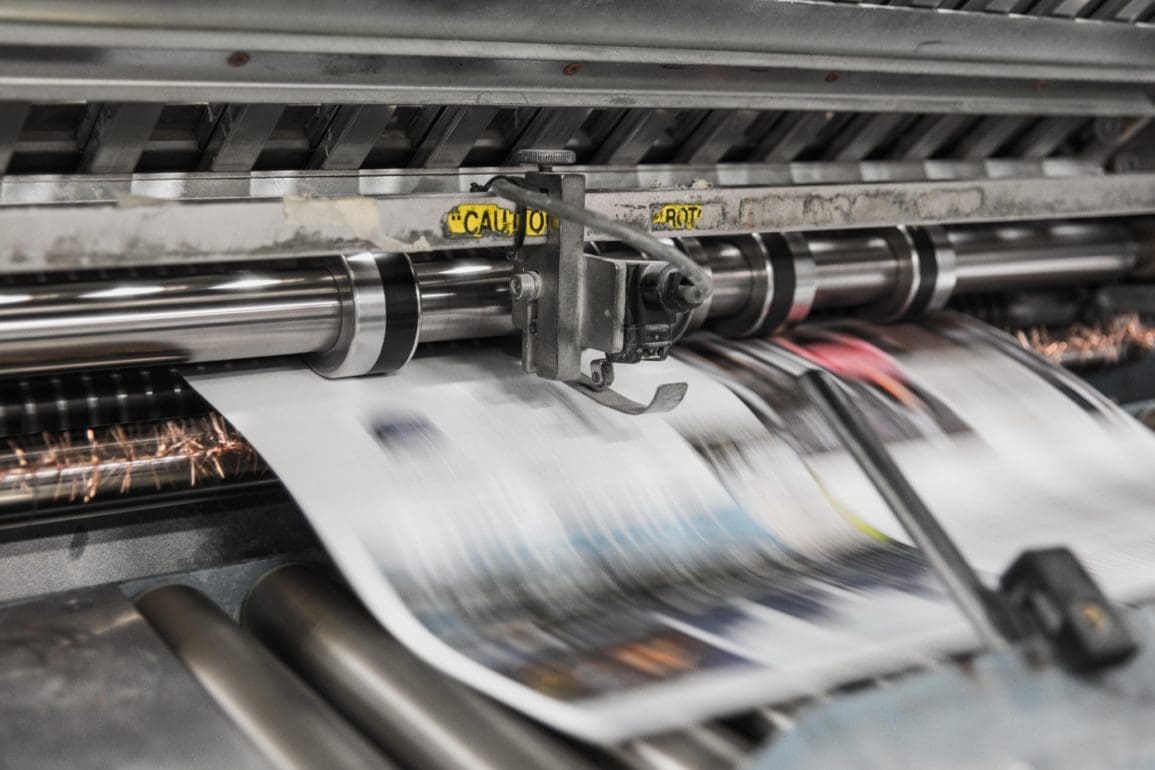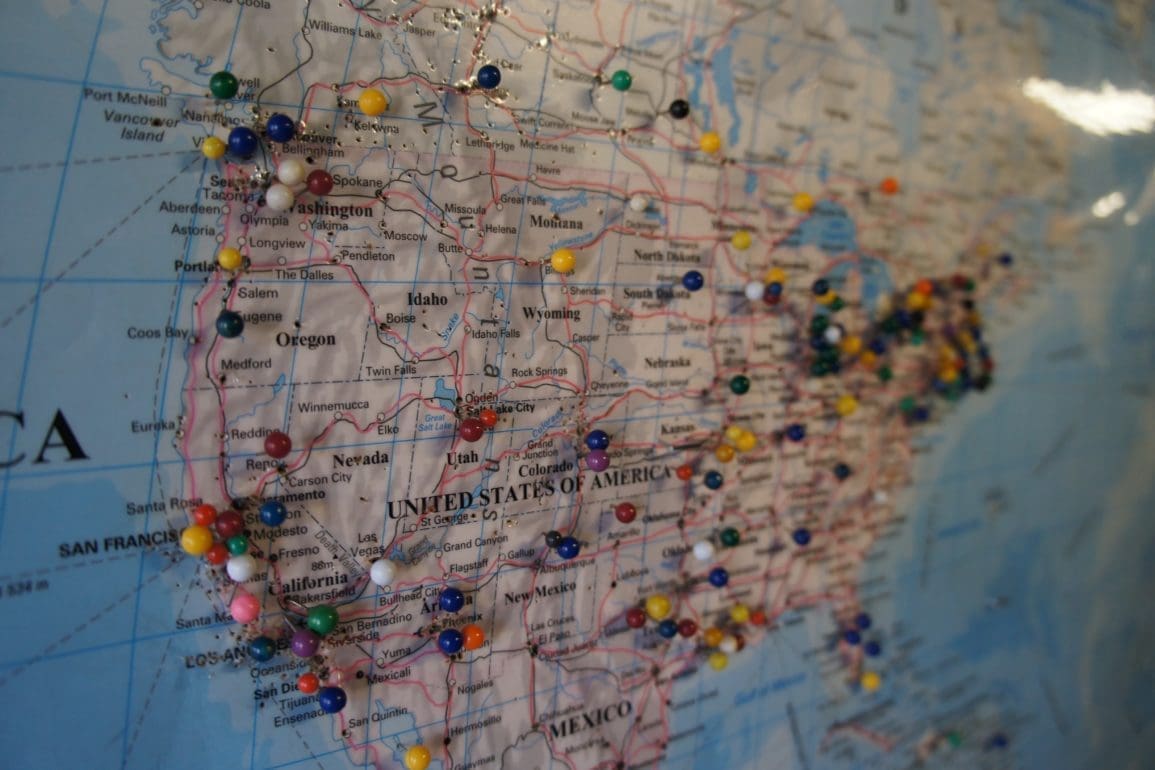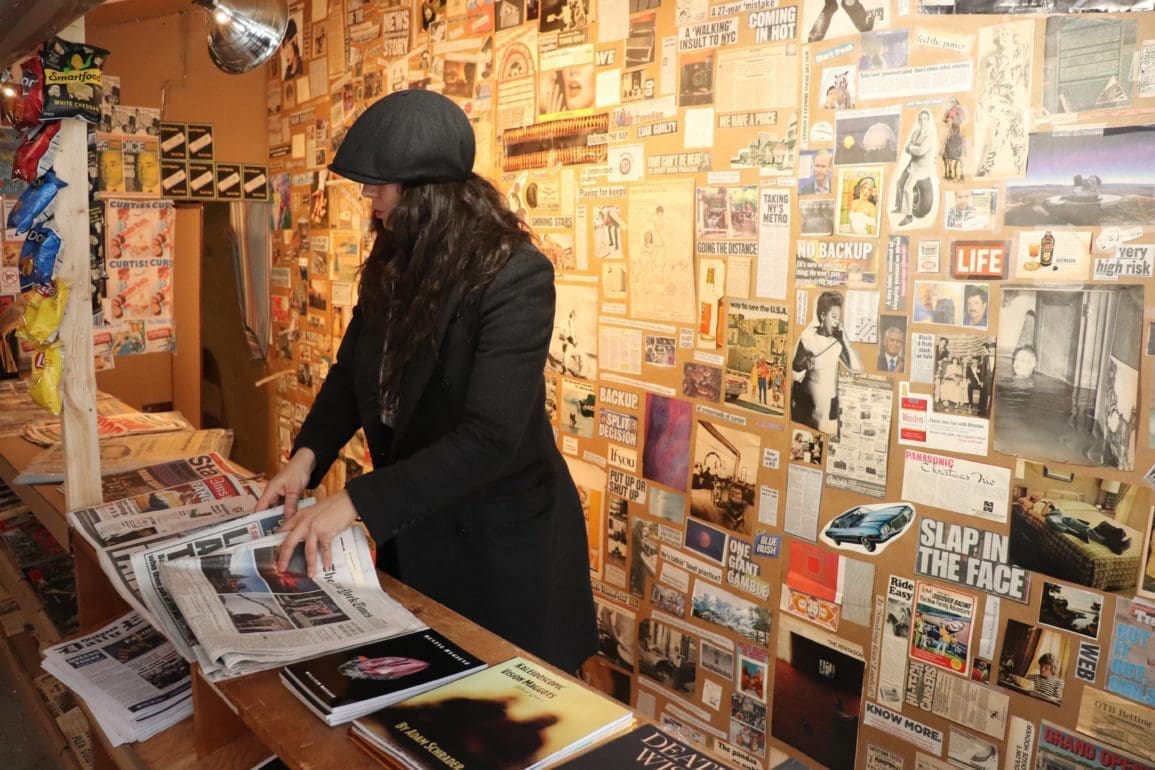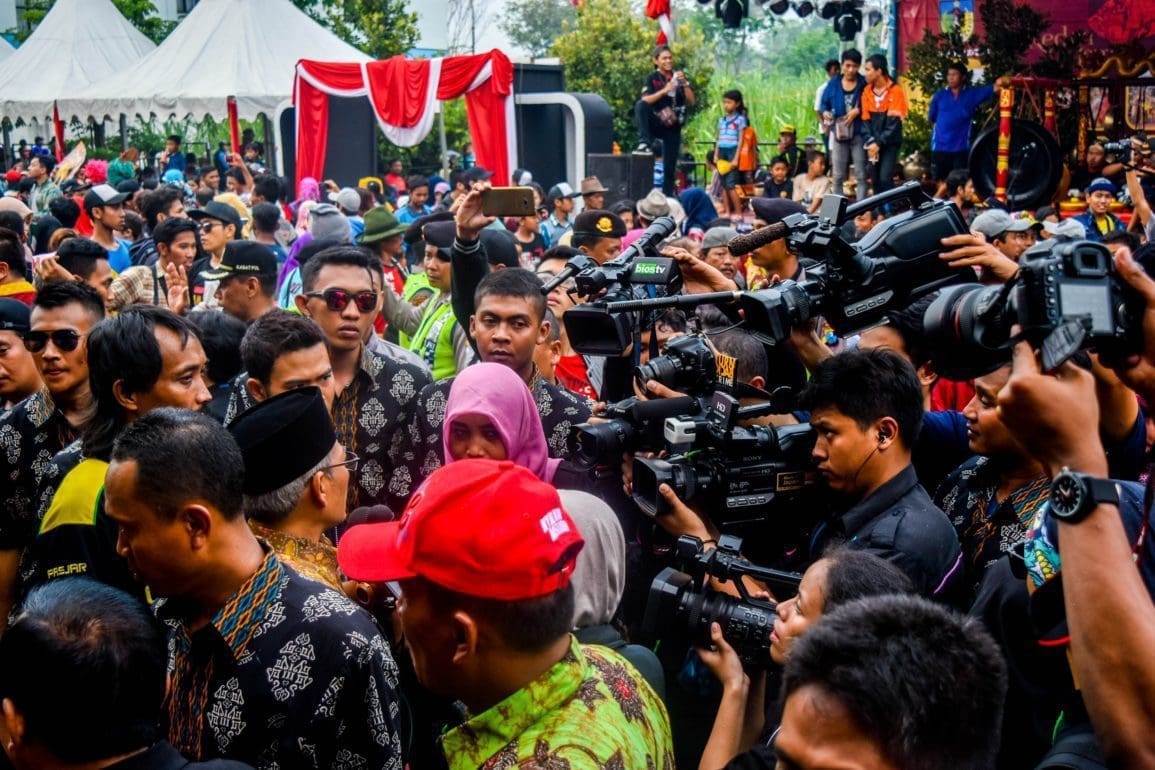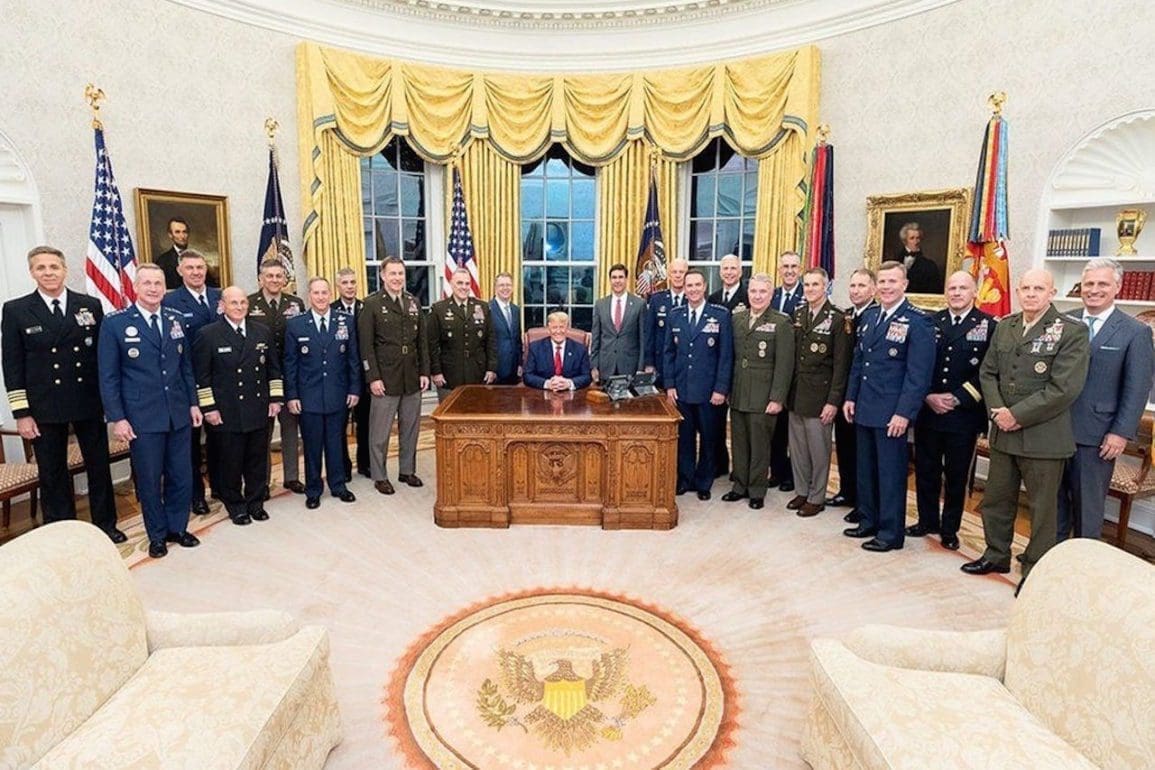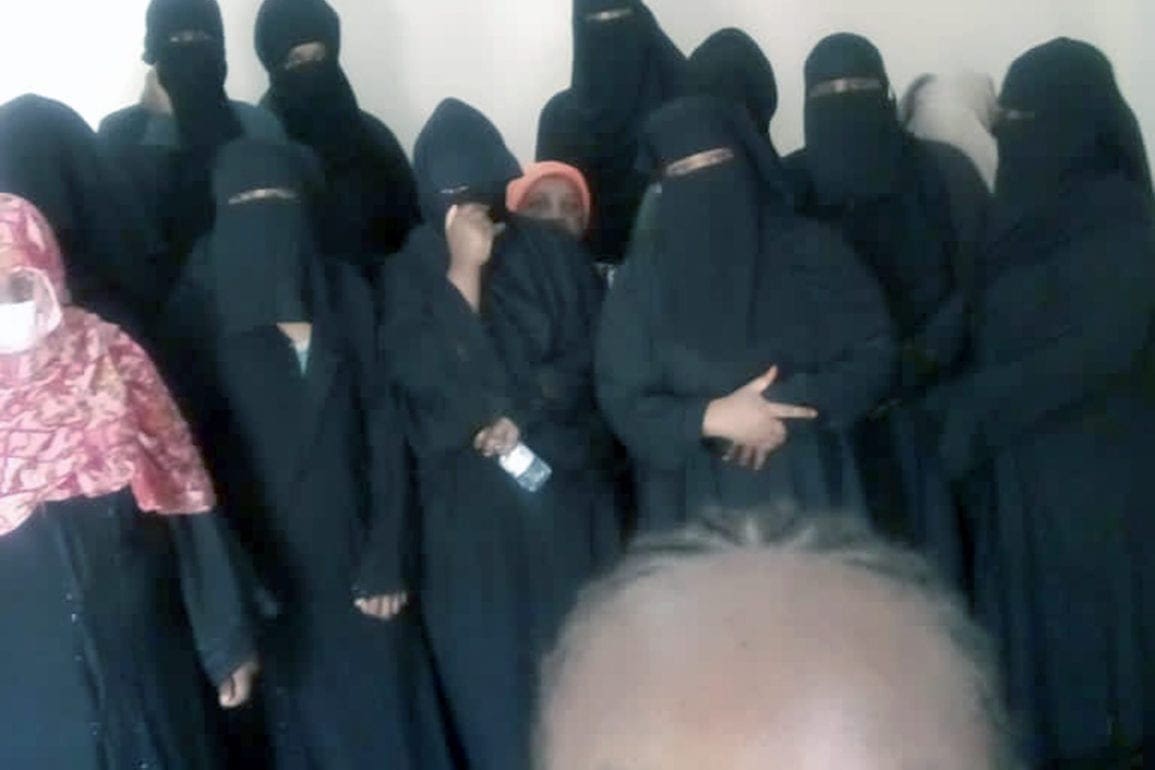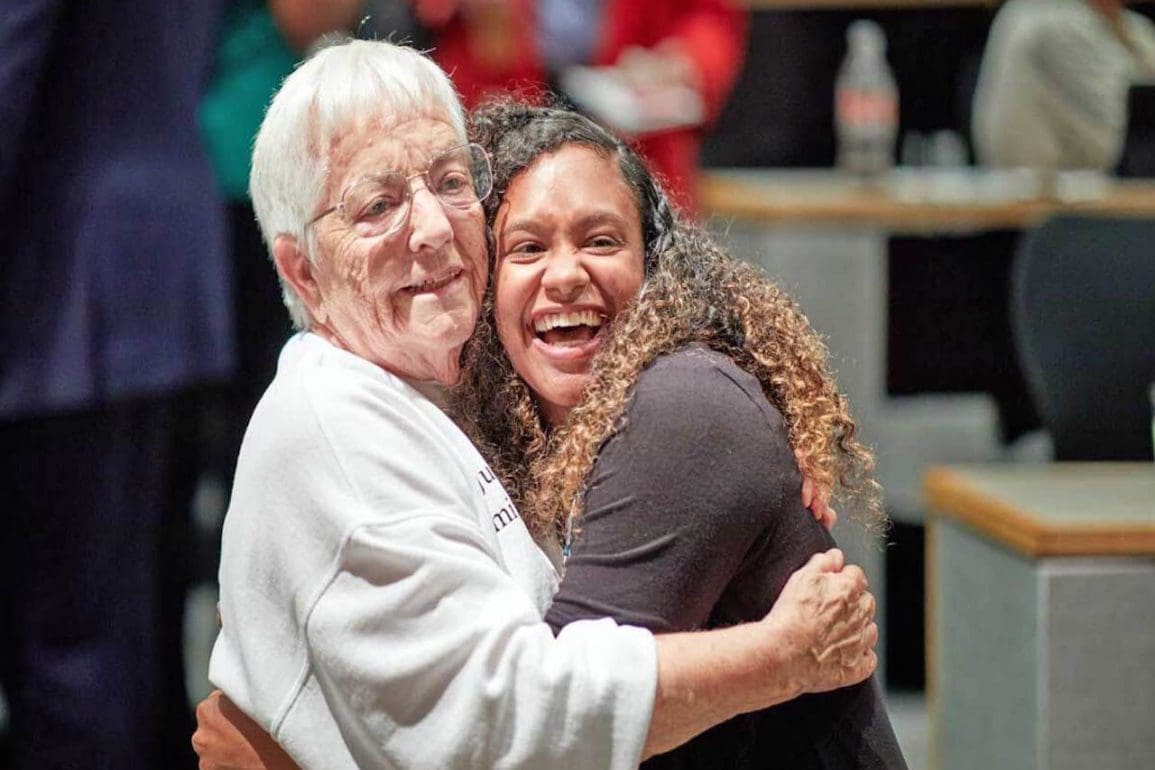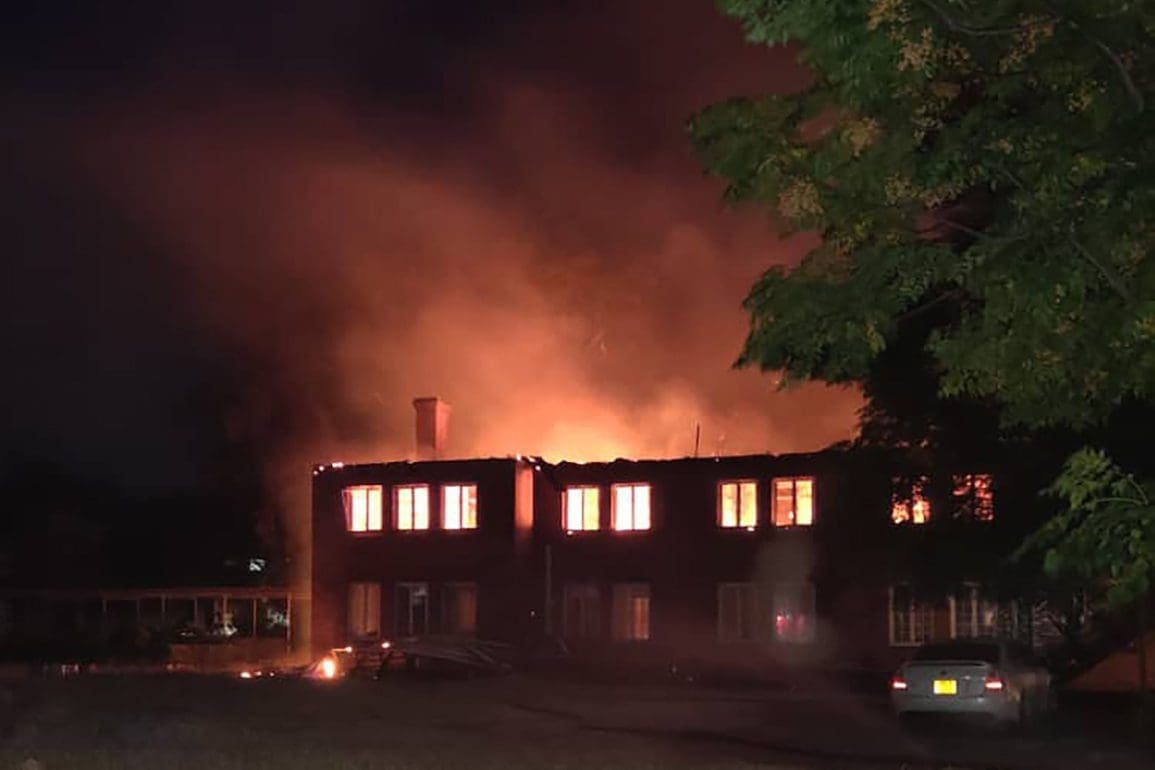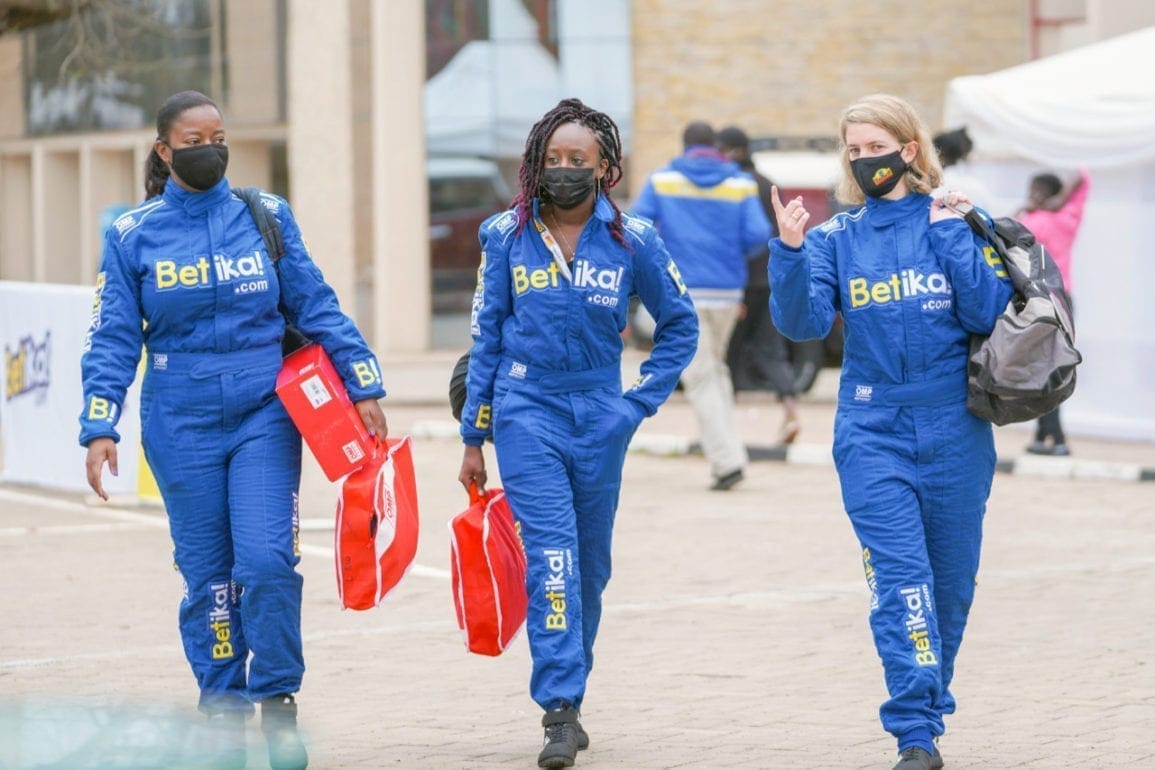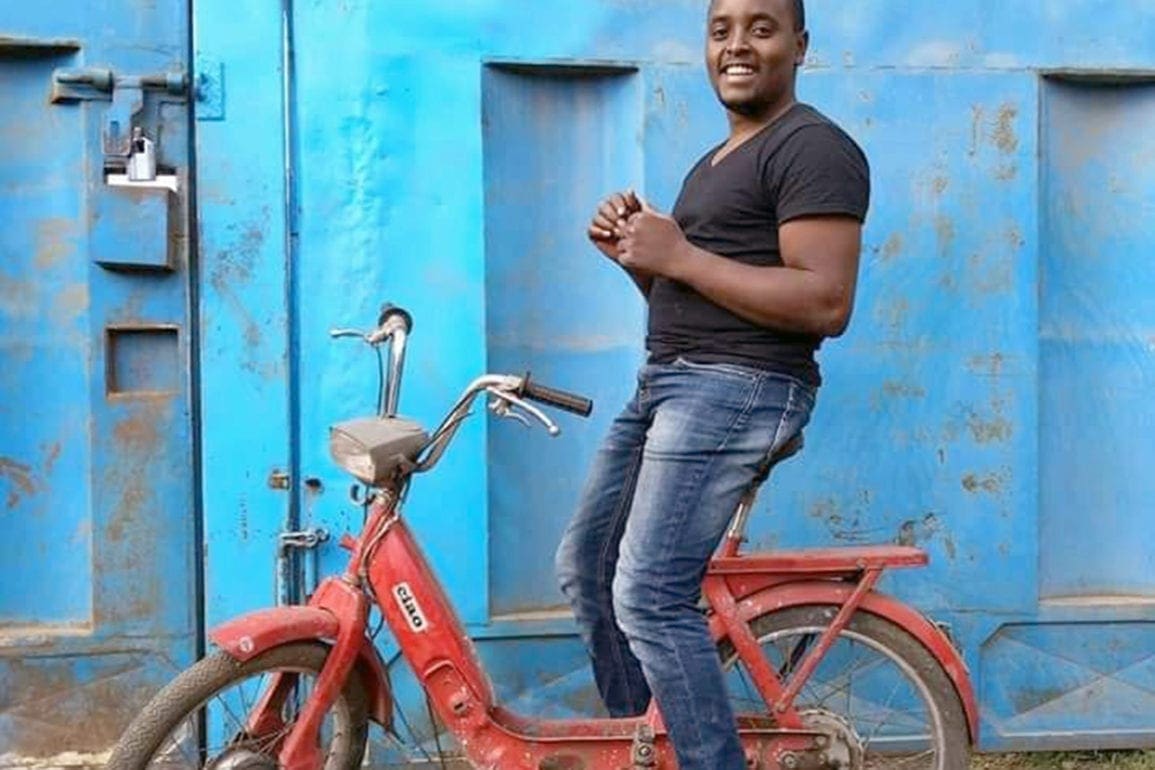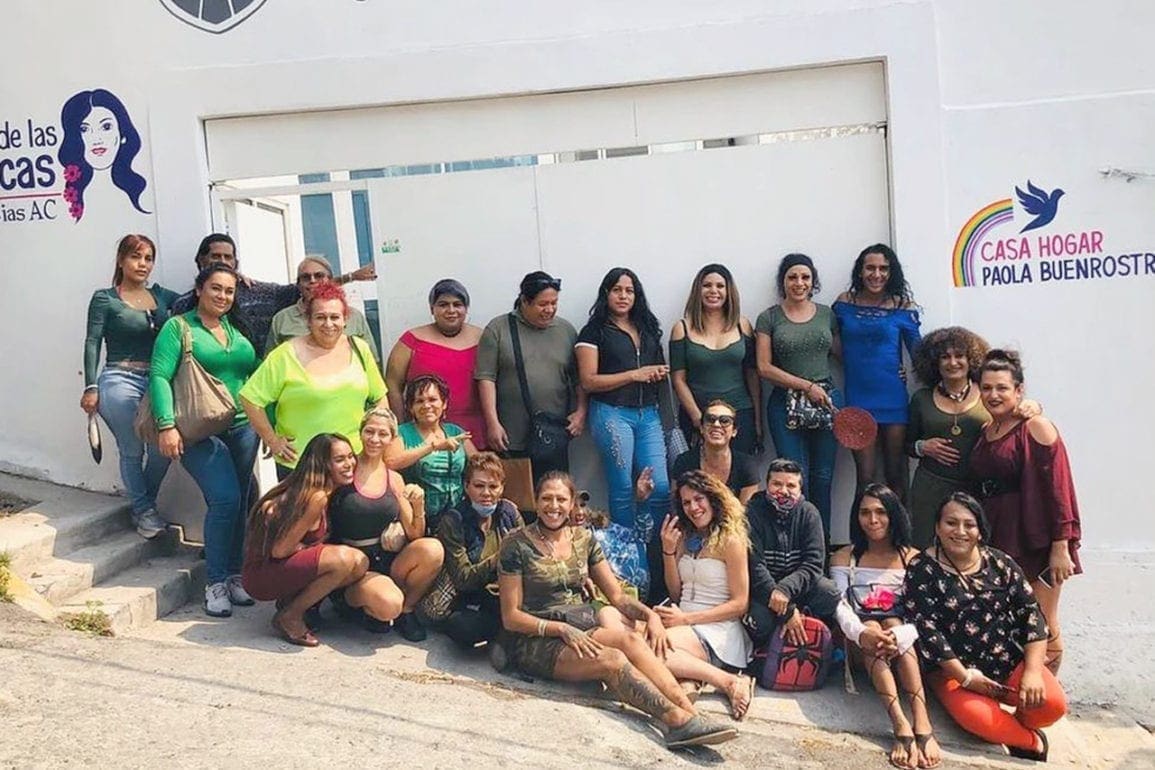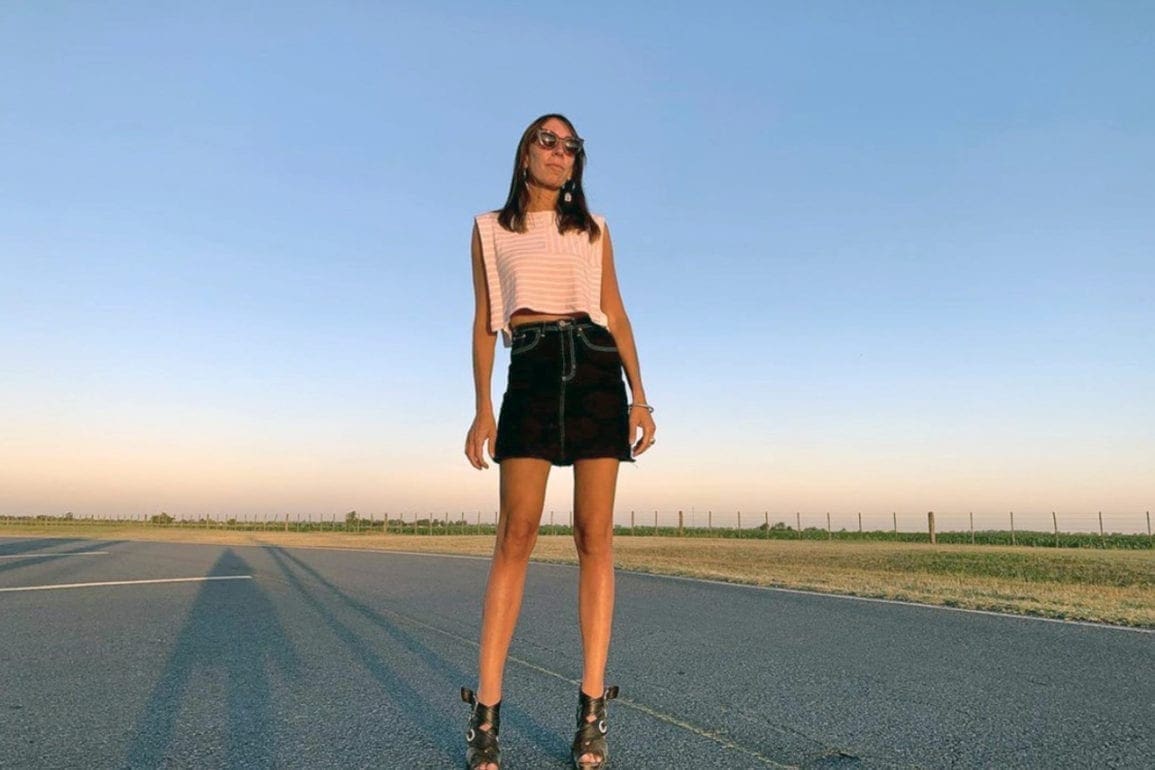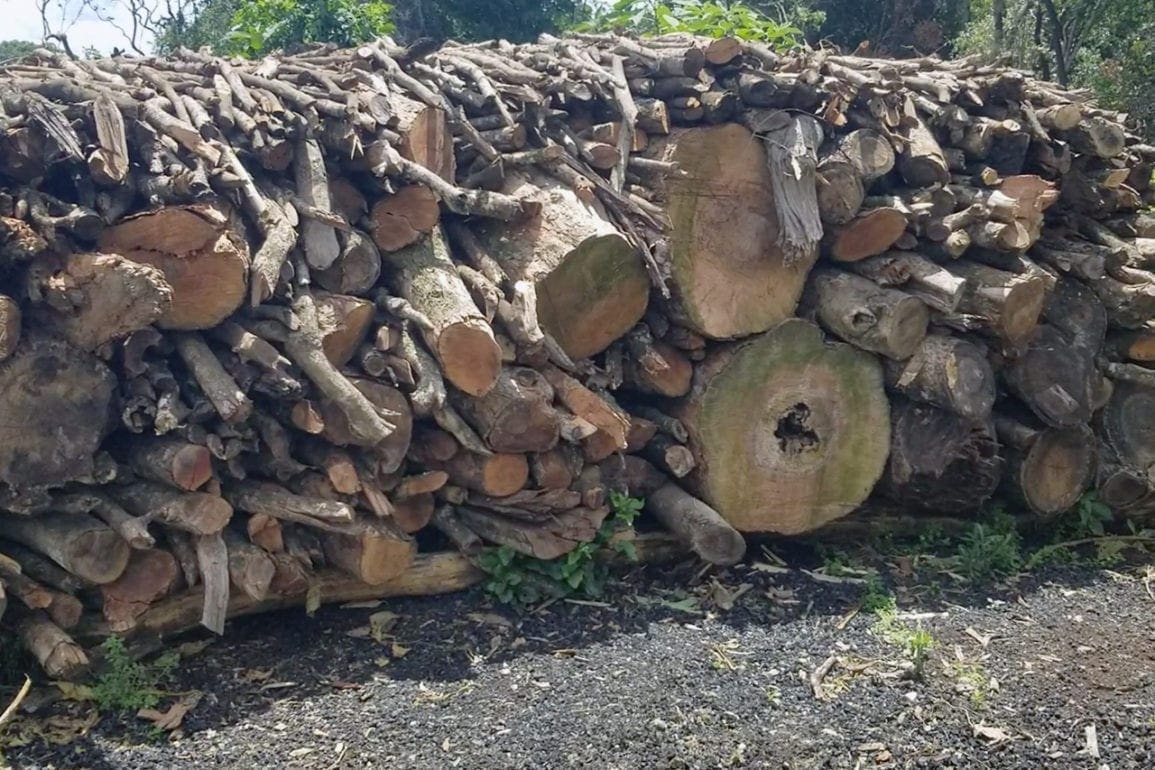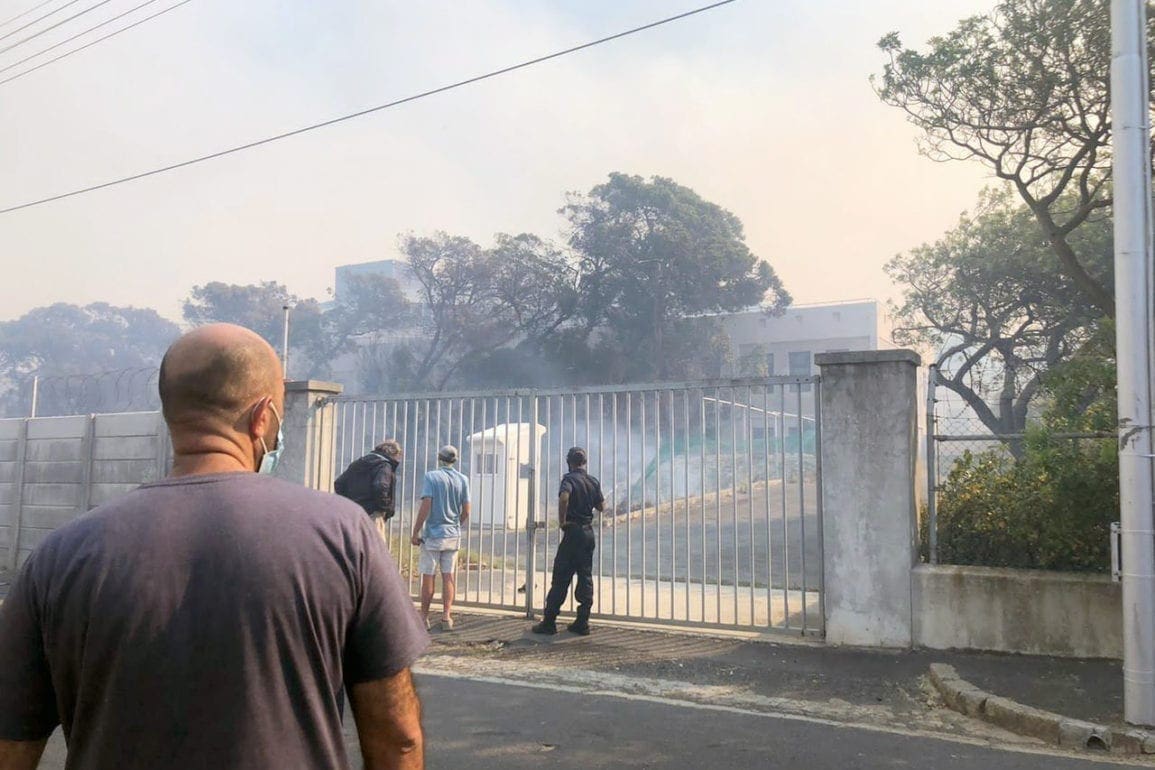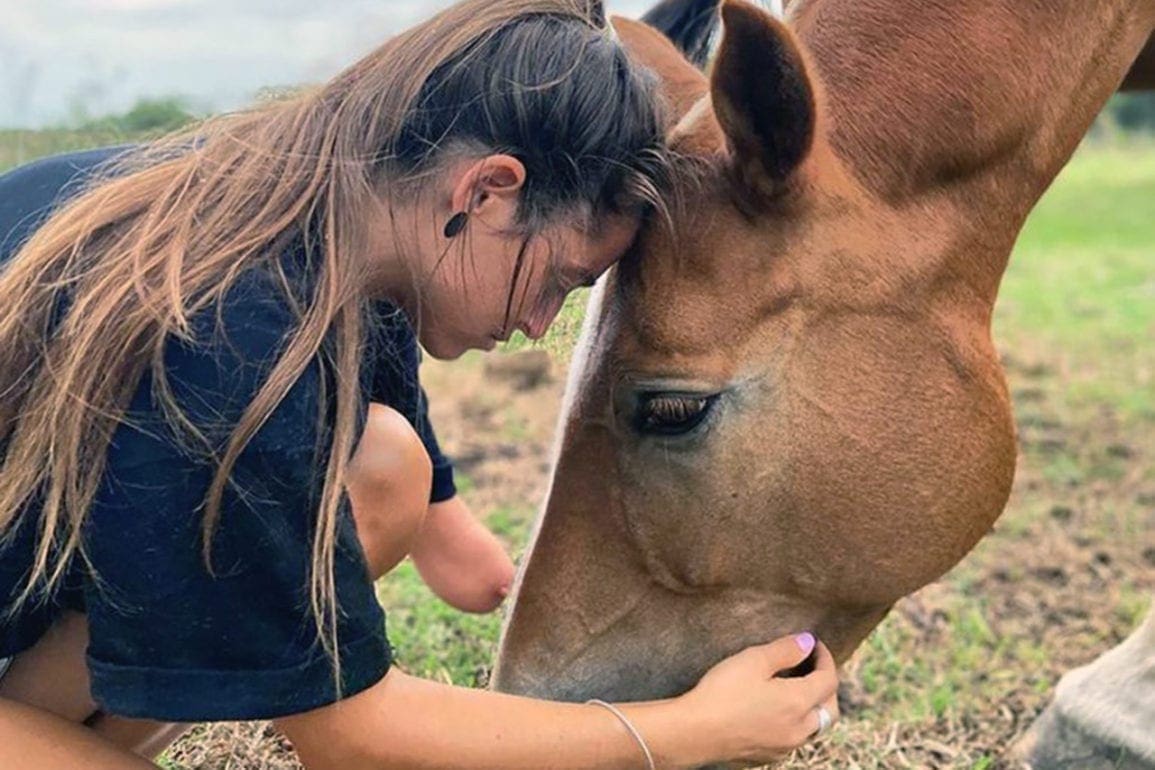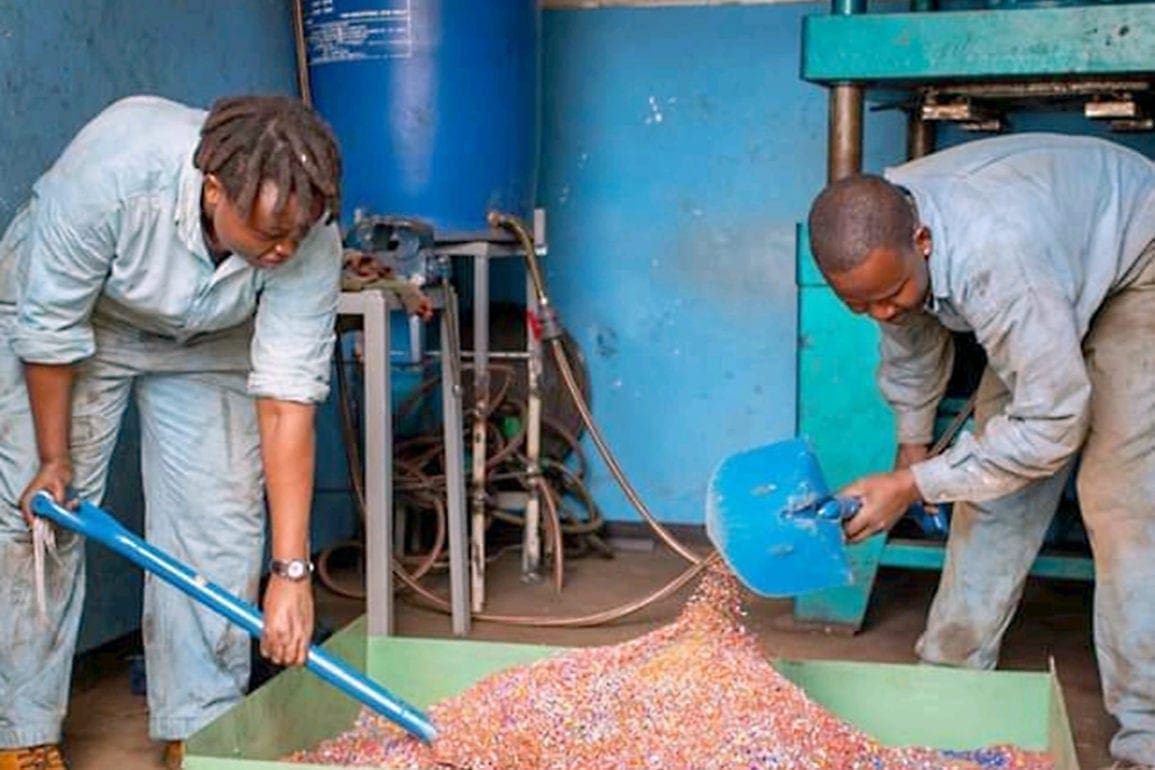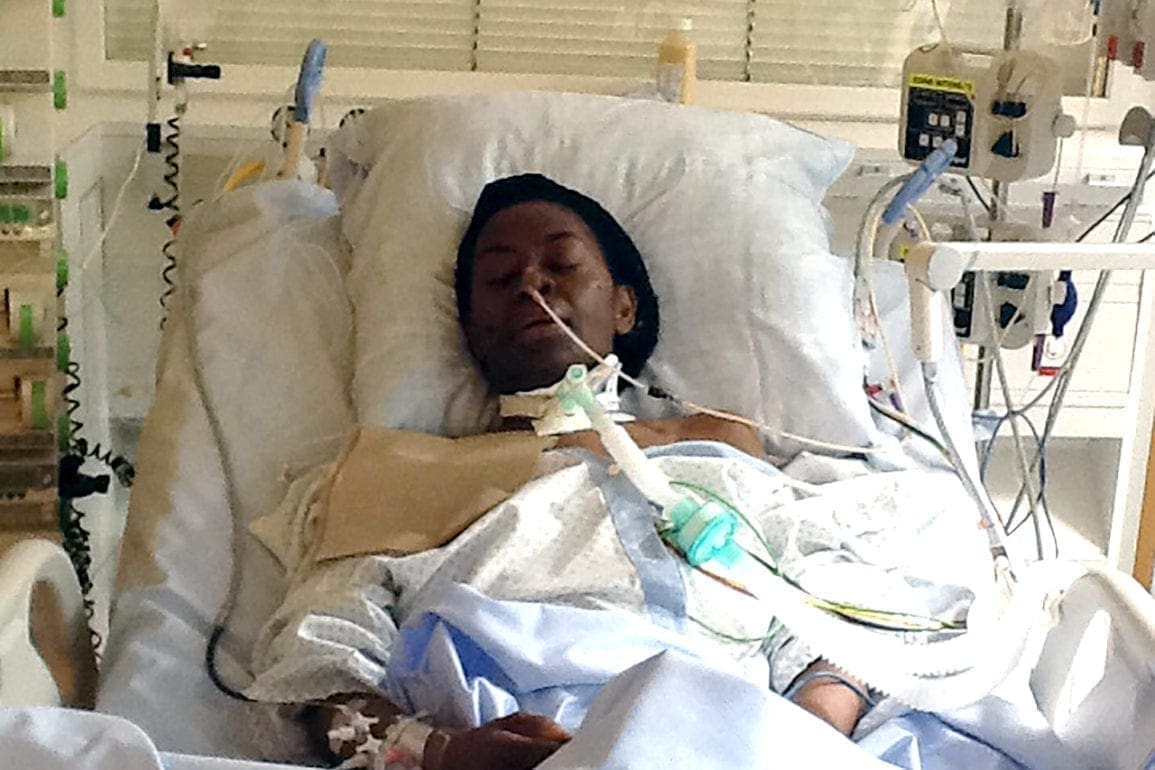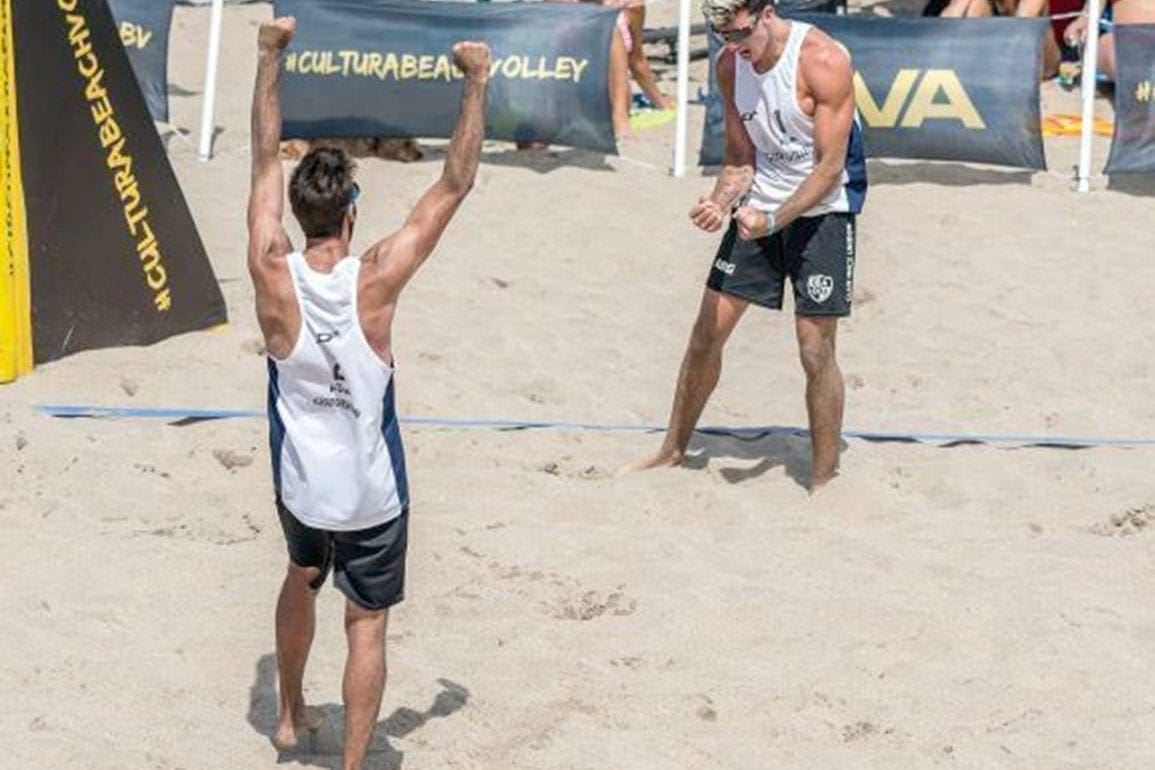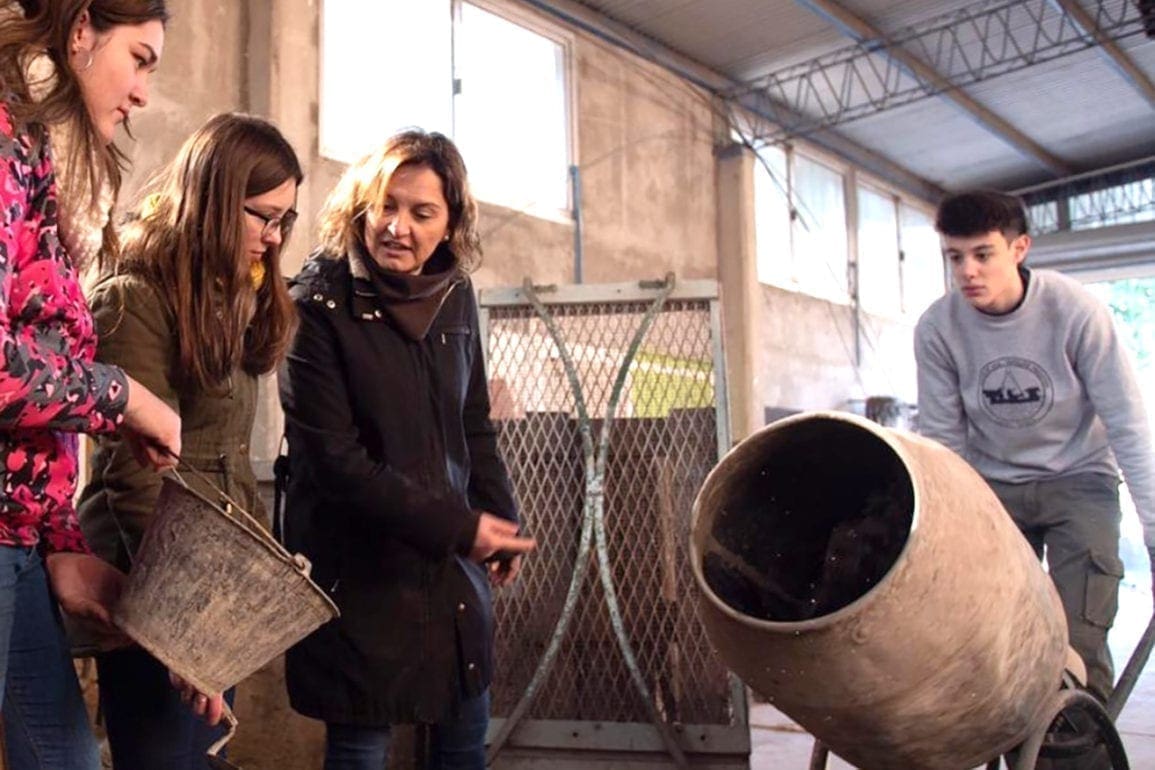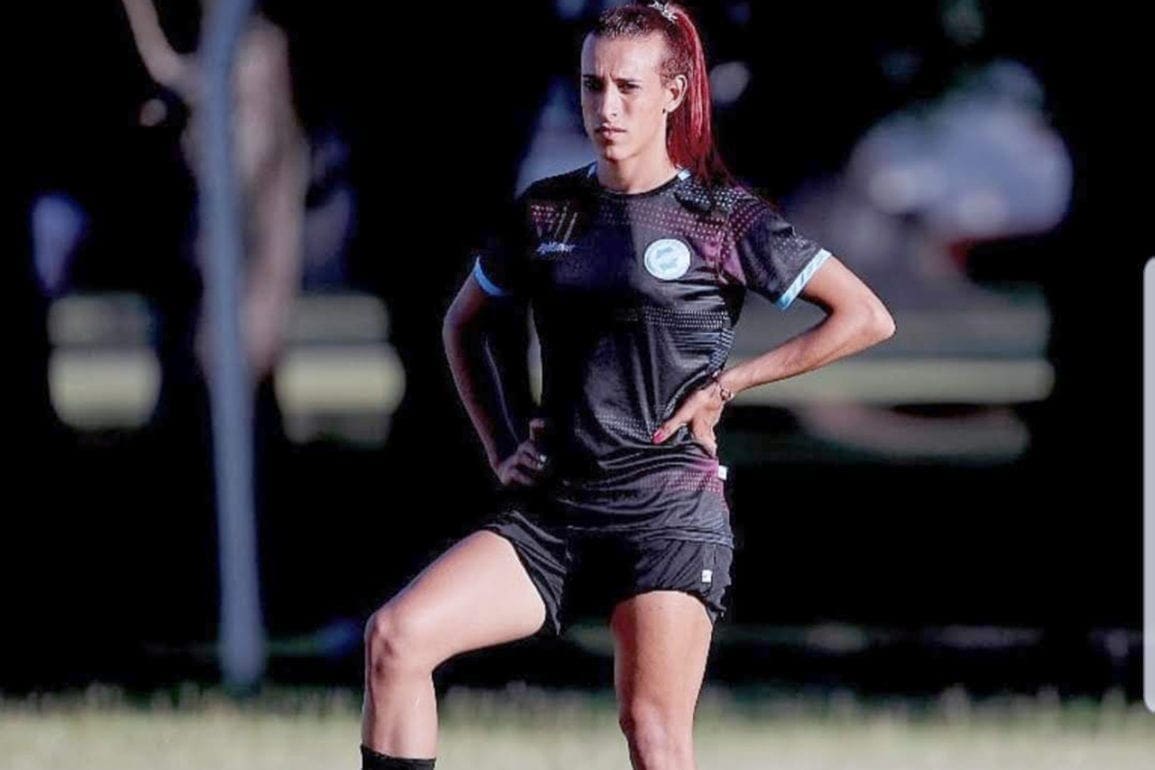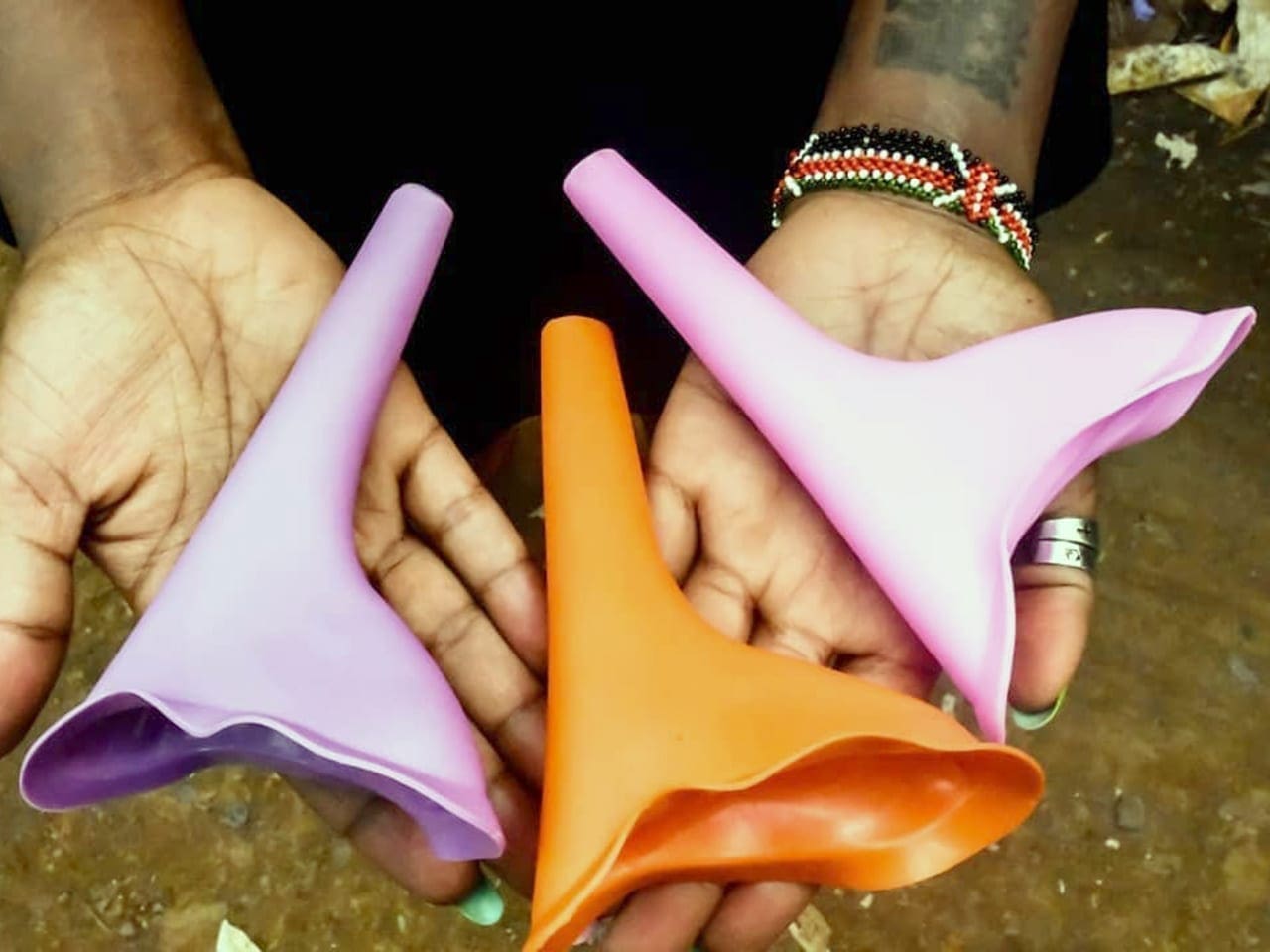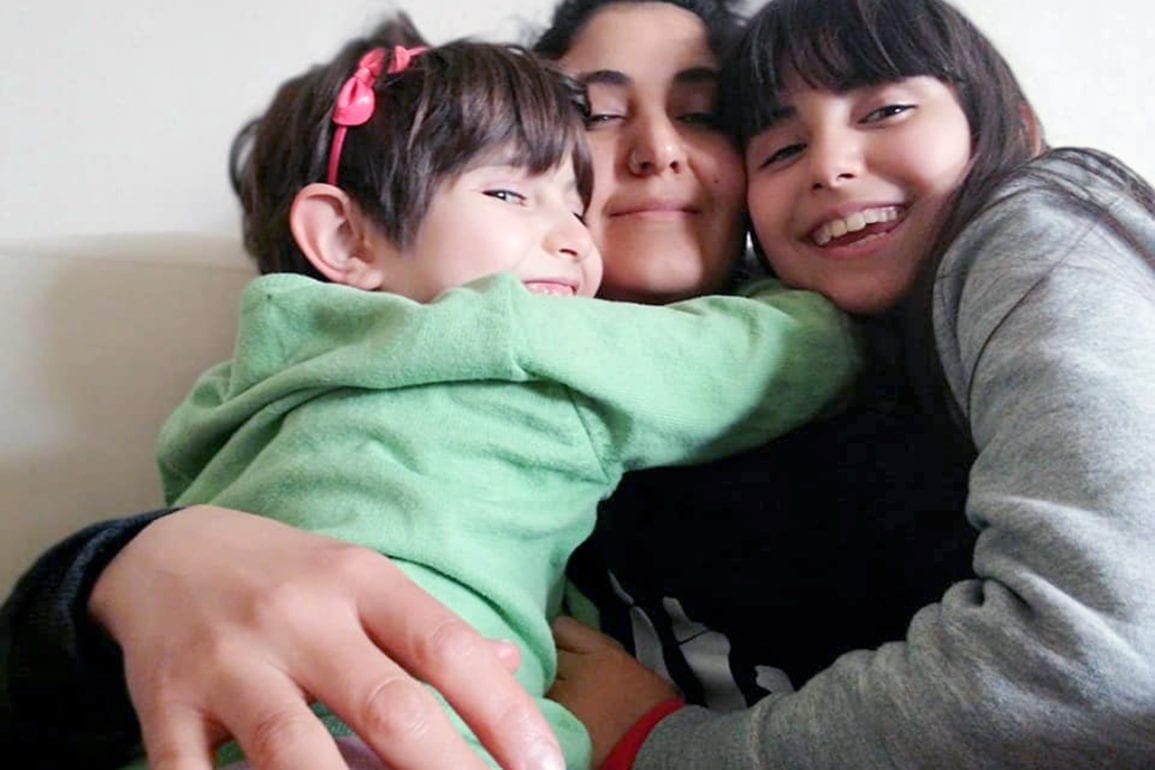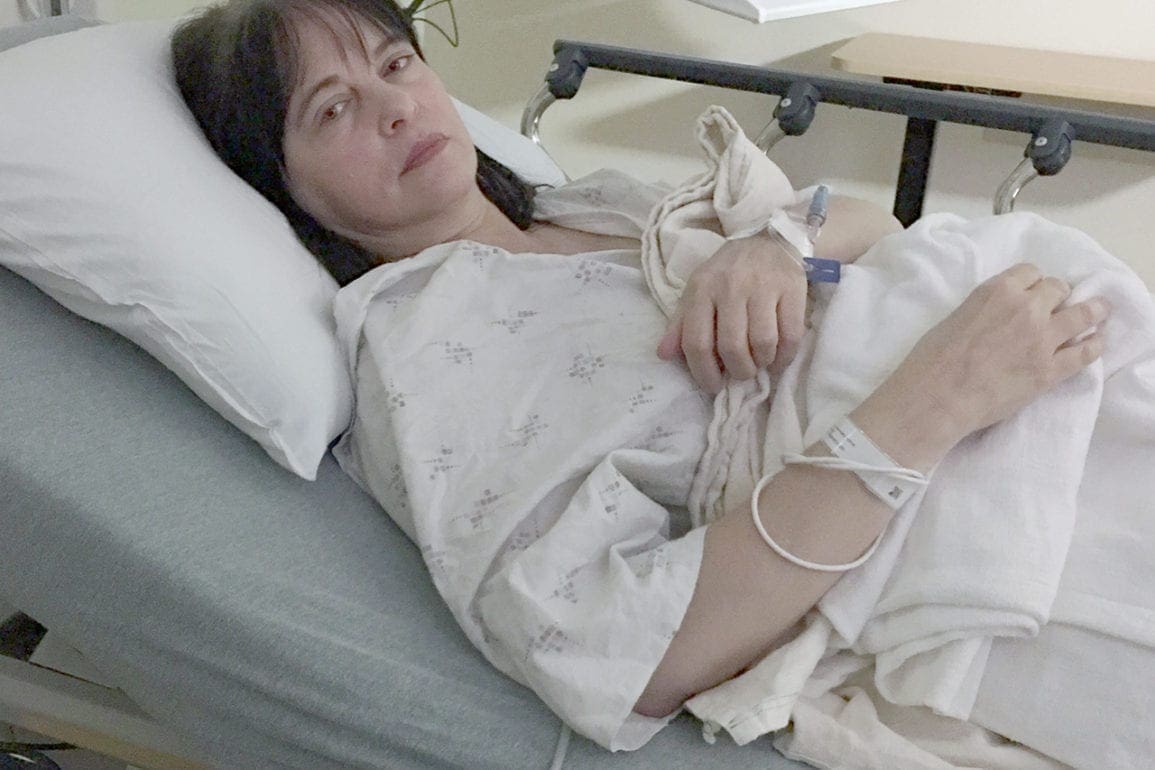Raptor rescue releases rehabilitated crowned eagle into the wild
As we worked through the process, curiosity grew amongst the people of Ñacuñam. They had great respect and affection for the birds and our rescue and release work. Considering only about a thousand crowned eagles exist in this region, a single discovery of an injured bird in Argentina remains of critical importance. Our team has worked with more than 30 of them.
- 1 year ago
March 12, 2023
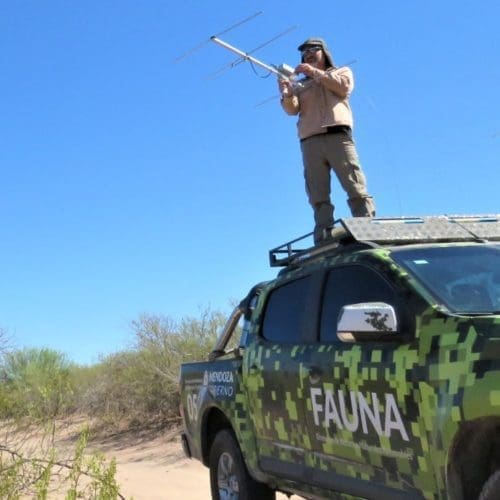
MENDOZA, Argentina ꟷ As a field naturalist at the eco-park in Buenos Aires, I work in the raptor rescue and conservations programs. We rescue endangered species and birds of prey. One day, a local family in the town of town of Ñacuñam, Mendoza, found a young, crowned eagle on the side of the road. The family called us. When we arrived, we could see a fracture on the bird’s beak and a blow to her eye. Often, we know the cause of the injury, but in this case, we had to assume the eagle got run over.
Read more animal rescue stories from around the globe at Orato World Media.
At about three months old, she likely still lived with her parents. She had not yet learned to hunt and eat on her own, and we had to teach her from scratch. While wild animals show no signs of pain because it puts them at a disadvantage with other predators, making them easy prey, she was clearly hurting. Weak and very skinny, she stood still and remained gentle. She did not resist, and the team easily captured her.
Artisans of muscle and bone save young eagle’s life
Calculating the bird’s age, we assumed her to be about three months old. Crowned eagles breed in August and September. Two months later, they lay a single egg. The egg hatches around December and the young eagle spends about two more months in the nest. We found our injured eagle in May.
She clearly had difficulty seeing – a real problem for female hunters who rely on binocular vision to measure depth of field to determine the exact moment of capture. In addition to her broken beak and the blow to her eye, she had wounds and broken bones. We decided to attempt rehabilitation and surgery, but first, we had to provide primary care.
The team administered first aid, providing glucose and stabilizing her so she could be strong enough for surgery. A weak animal cannot withstand such a process, nor post-surgical recovery. They risk infection. Once stabilized, the eagle faced a very complex operation. At first, we imagined using a drill and wick to make holes in the bird’s jaw, through which we would place wires to align the bones. It required caution because too much pressure could break the jaw. As the doctors began it became clear, this was not going to work. They changed their strategy, joining the bones with malleable steel wires which did not require the mechanical elements for insertion. This alleviated some pressure.
The team successfully aligned the eagle’s jaw, and after a month, she healed perfectly. I looked at these professionals on my team throughout their intervention and I marveled. In my mind, they were artisans of muscle and bone. All my nervousness disappeared as I settled into the knowledge, everything was going to be okay.
Would the eagle gain the life skills she needed to survive?
As my confidence in the surgery soared, I turned my thinking to rehabilitation. How would we solve challenges like prey recognition, flying, falling, and feeding? How would I cut her prey so she could eat? What exactly did she need to learn to be ready for release? This bird required life skills like where to look for and identify food.
With the successful surgery behind us, I needed to find out if the eagle could indeed learn, grow, and hunt. Crowned eagles eat snakes, turtles, and armadillos. I knew we needed to teach her, for example, that when hunting an armadillo, she must turn it over to access the meat underneath. She needed to learn to fly and land on branches and on the ground; to pounce and to catch prey. Would the reduced vision from her eye trauma cause hunting issues? That worried me most.
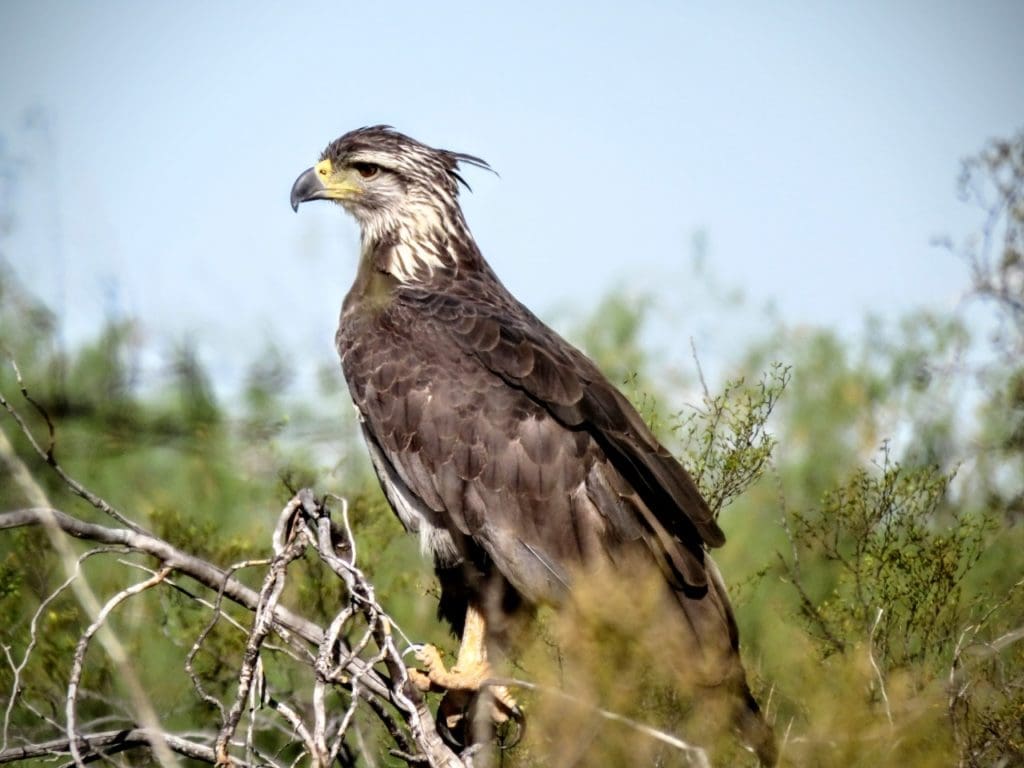
Luckily, being a young animal, she had not yet learned hunting techniques in nature. She simply learned to hunt with a flaw and became very effective. We started by moving lures around the enclosure and in trap boxes. From the first opportunity, she executed perfectly, as if she hunted her whole life. While hunting remains a genetic response for eagles, they do have to practice and learn to finish. In her first hunt, she looked spectacular. She jumped, flew, and grabbed her prey, as relief ran through me. I looked at her and I knew the more she hunted, the closer she came to liberation.
One bird’s death leads to grassroots change
As we worked through the process, curiosity grew amongst the people of Ñacuñam. They had great respect and affection for the birds and our rescue and release work. Considering only about a thousand crowned eagles exist in this region, a single discovery of an injured bird in Argentina remains of critical importance. Our team has worked with more than 30 of them.
After each rehabilitation, and prior to their release, the raptor rescue team helps the birds gain the strength and physical conditioning they need to hunt. Like our young bird from Ñacuñam, we once encountered a crowned eagle who drowned in a water tank. We named the bird Fénix.
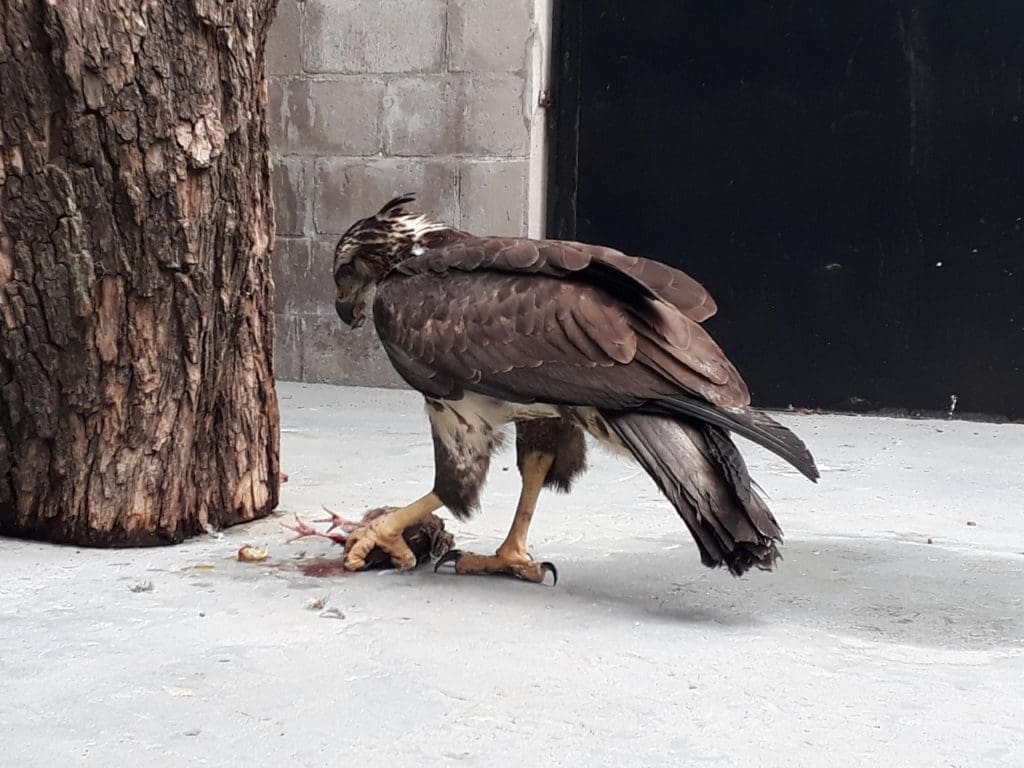
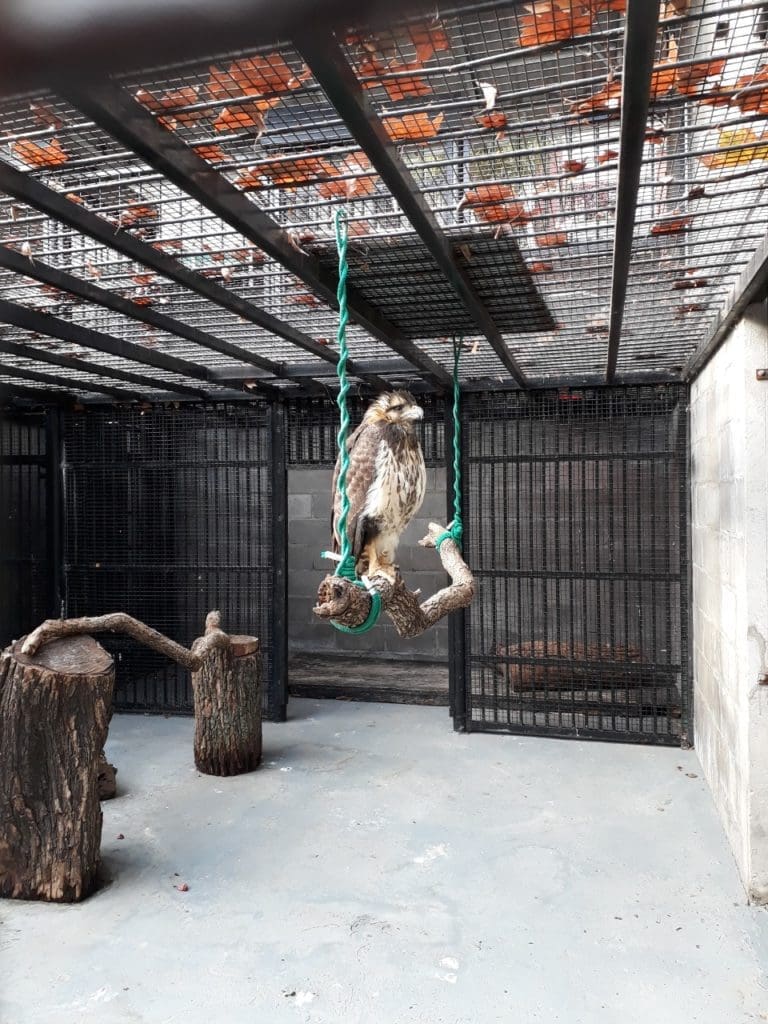
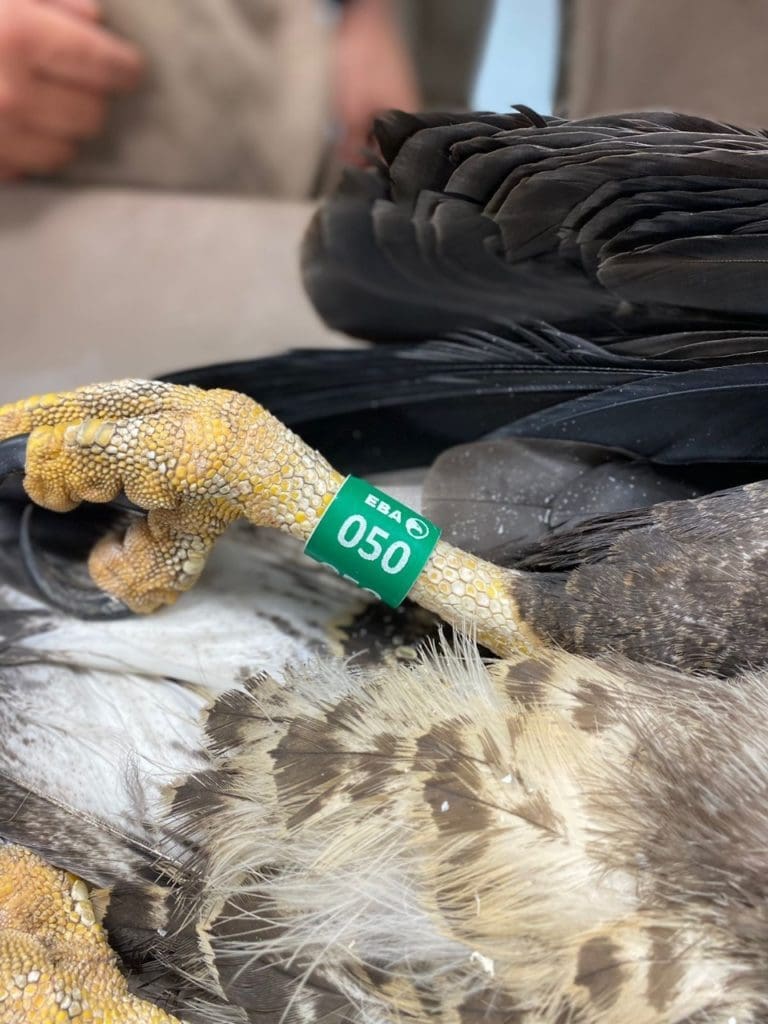
Fénix’s death went a long way to generate awareness which led to change. In the east of the province, water tanks surrounded by electrical lines and wire mesh proved deadly. Birds would approach the tanks to drink the water in the middle of the desert, fall, and crash against the ramps where they became trapped. Disturbed by this trend, people took action to change the tanks and remove the risk to the birds.
When our young, crowned eagle, whom we found on the side of the road, completed rehabilitation, releasing her in the same area Fénix died seemed like a perfect tribute.
The moment of release: setting our crowned eagle free
When the big day came, I suddenly realized I no longer had control. The team completed all the pre-release preparations. They investigated and selected the right environment. We had no fear of other eagles attacking because we encroached on their hunting territory, or of power lines electrocuting her. People from the provincial government stood by to supervise.
Children from nearby schools and the press arrived to witness the magical moment. The pressure felt terrible leading up to it. Then, suddenly, you let go and just like that, she is gone. A sense of panic hit me. “Where is she now,” I worried, “Is she going to be okay?”
The next two or three weeks, waiting for monitoring, can be excruciating, but soon we learn where she flew and if she has hunted or not. Too much physical monitoring can scare away potential prey so I battle the most complex part of the plan – balance. That can be hard for me, but I must leave the eagle to be free and trust her training. At the same time, I work not to lose her completely. We constantly manage a thousand things.
Then, just as you release one bird, many others arrive. They come in from provinces throughout Argentina, injured and in need of help. The very same day we released our young female crowned eagle, others arrived from Santa Fe, La Rioja and La Pampa. Every one of them experienced gun shot wounds. As we sprung into action, we had little time to stop and reflect on the release of rehabilitated bird.
This is the work we do, and why I proudly serve as the president of the Caburé-i foundation.
